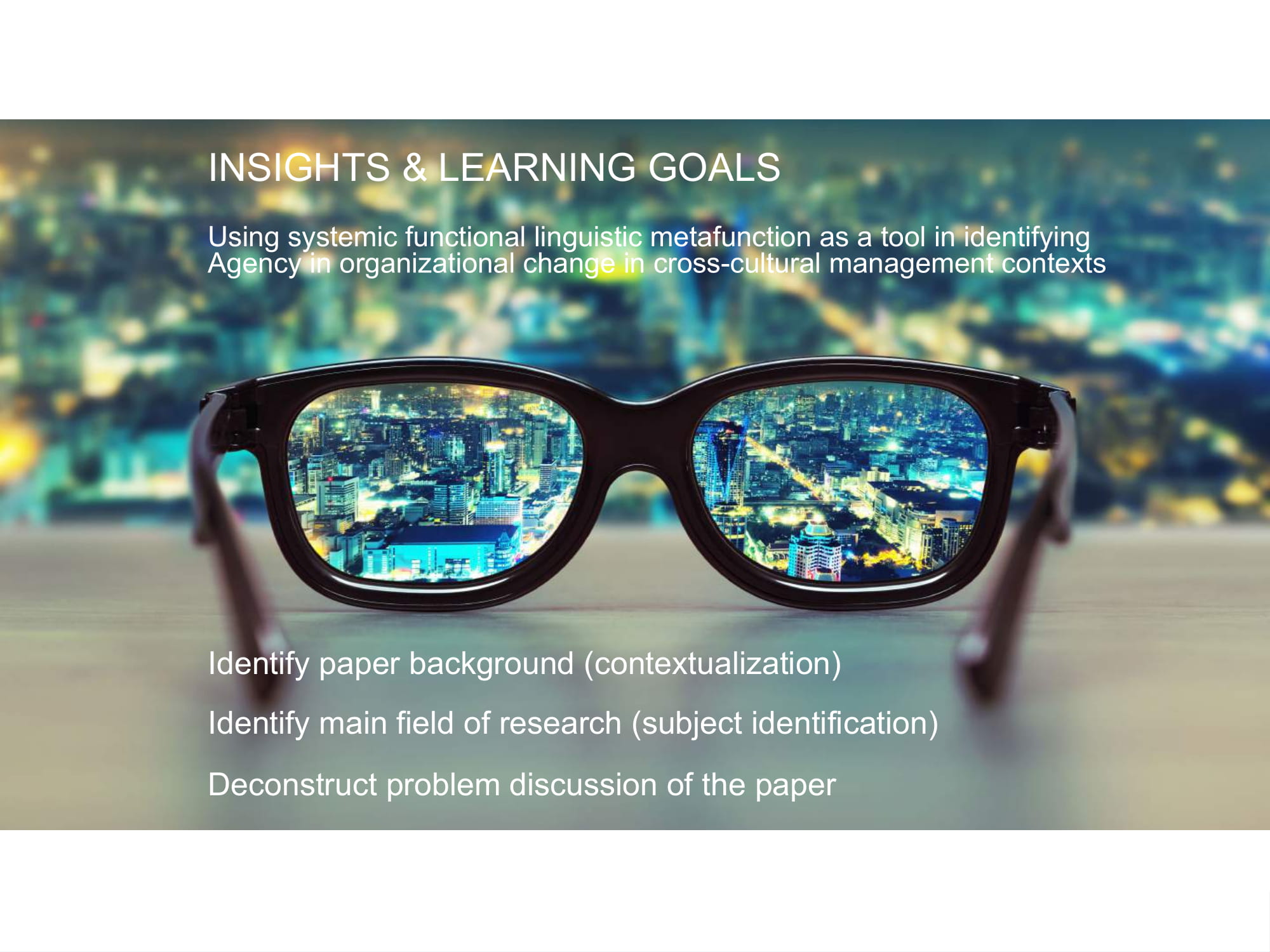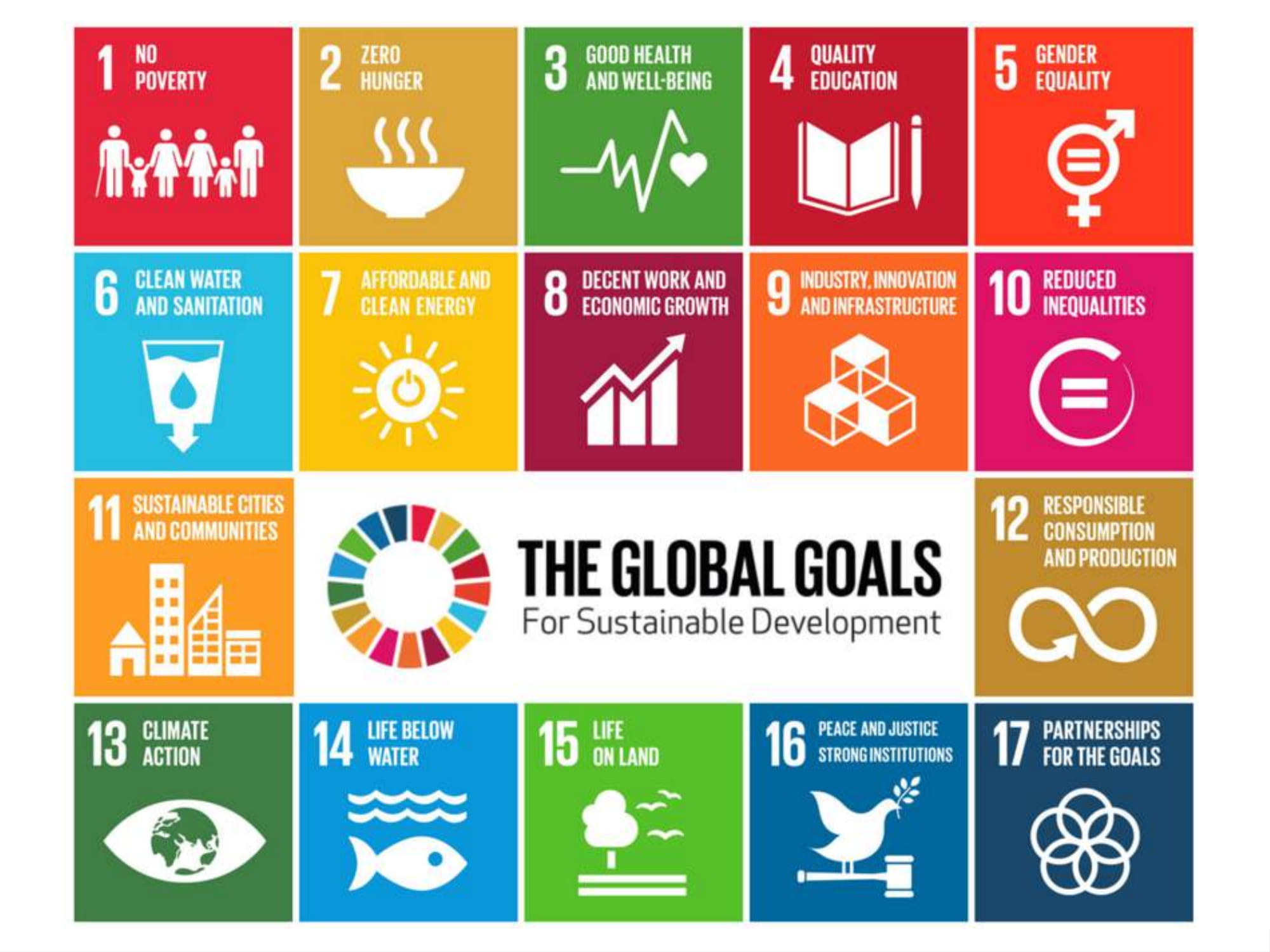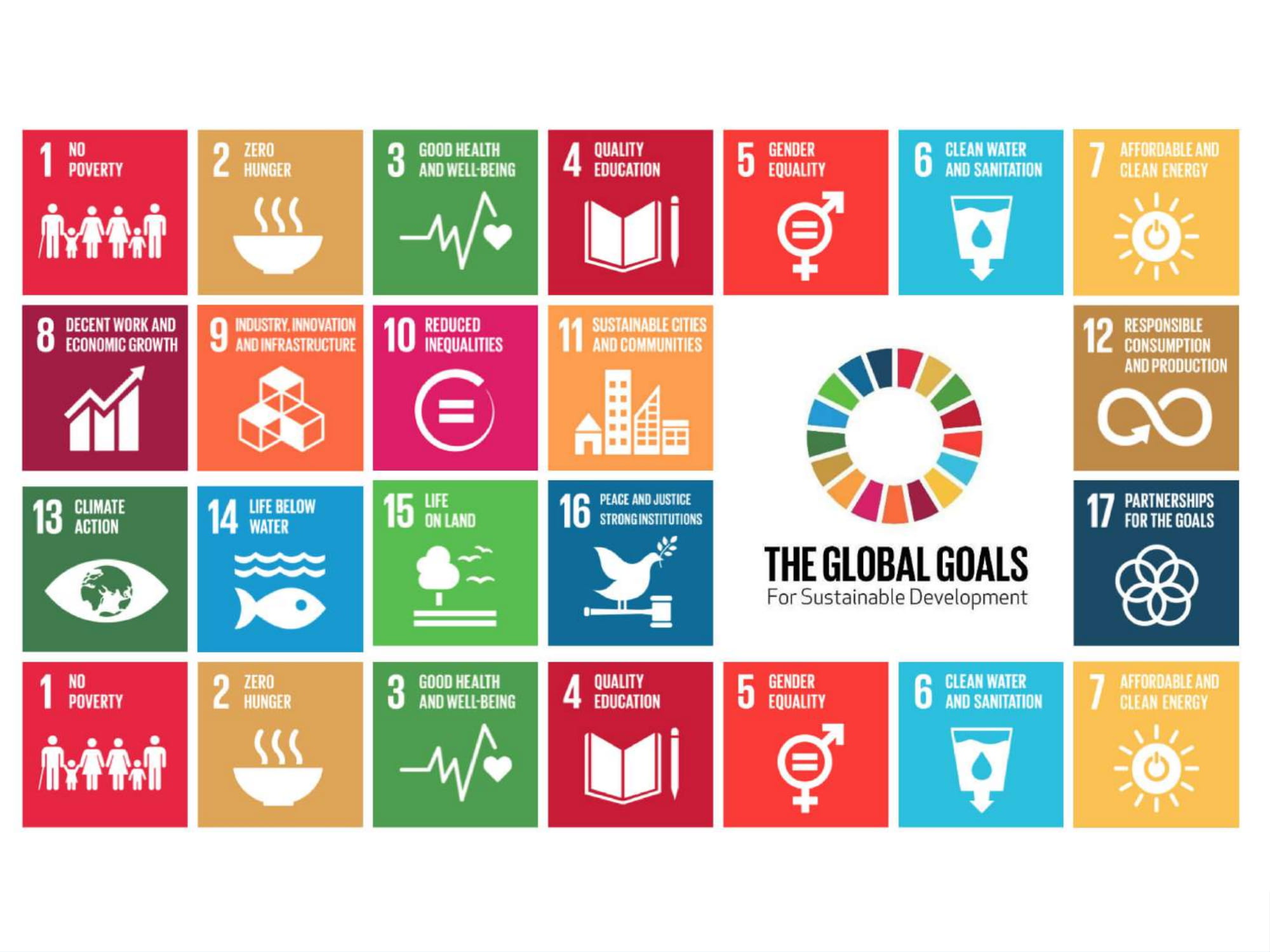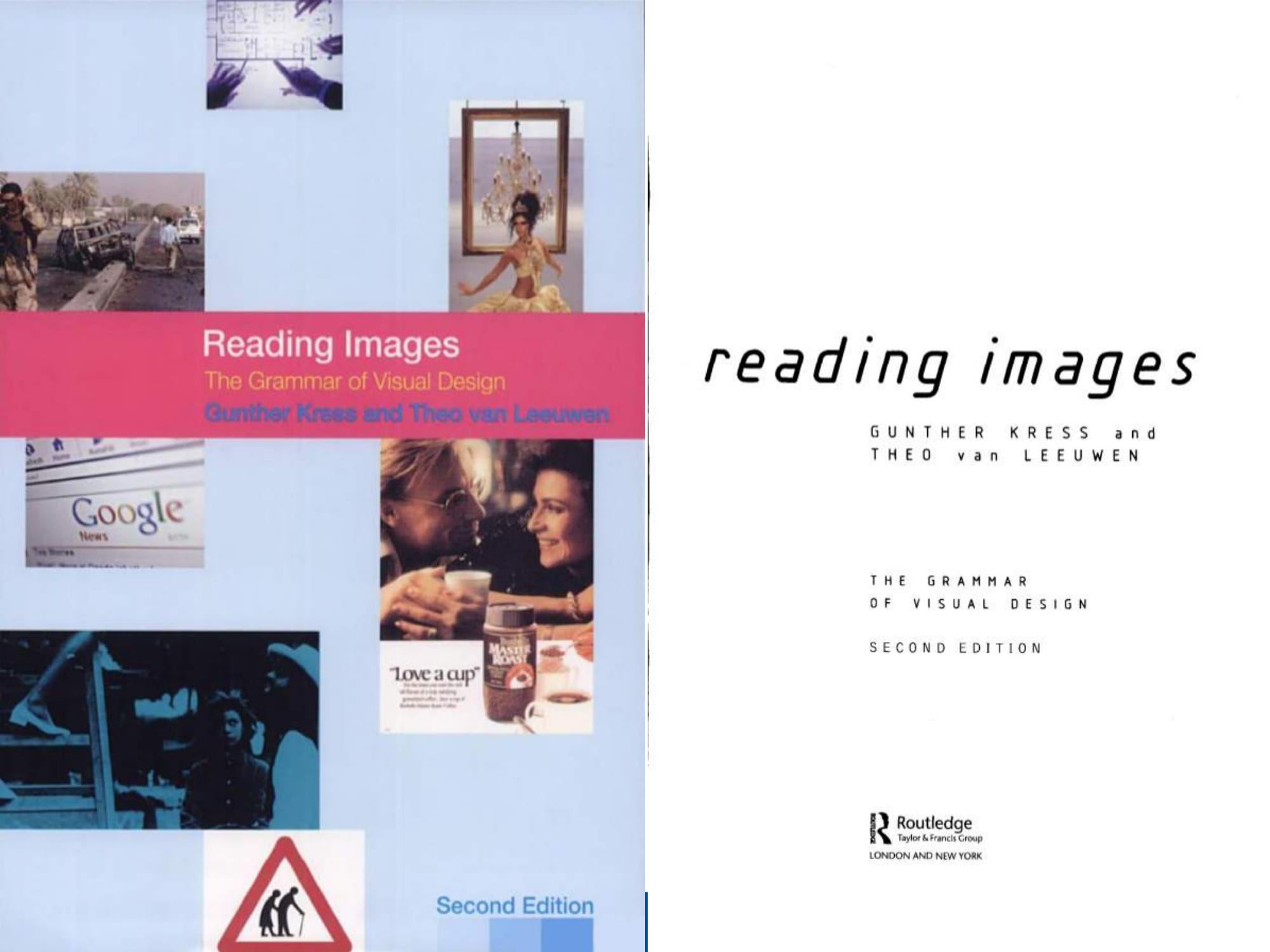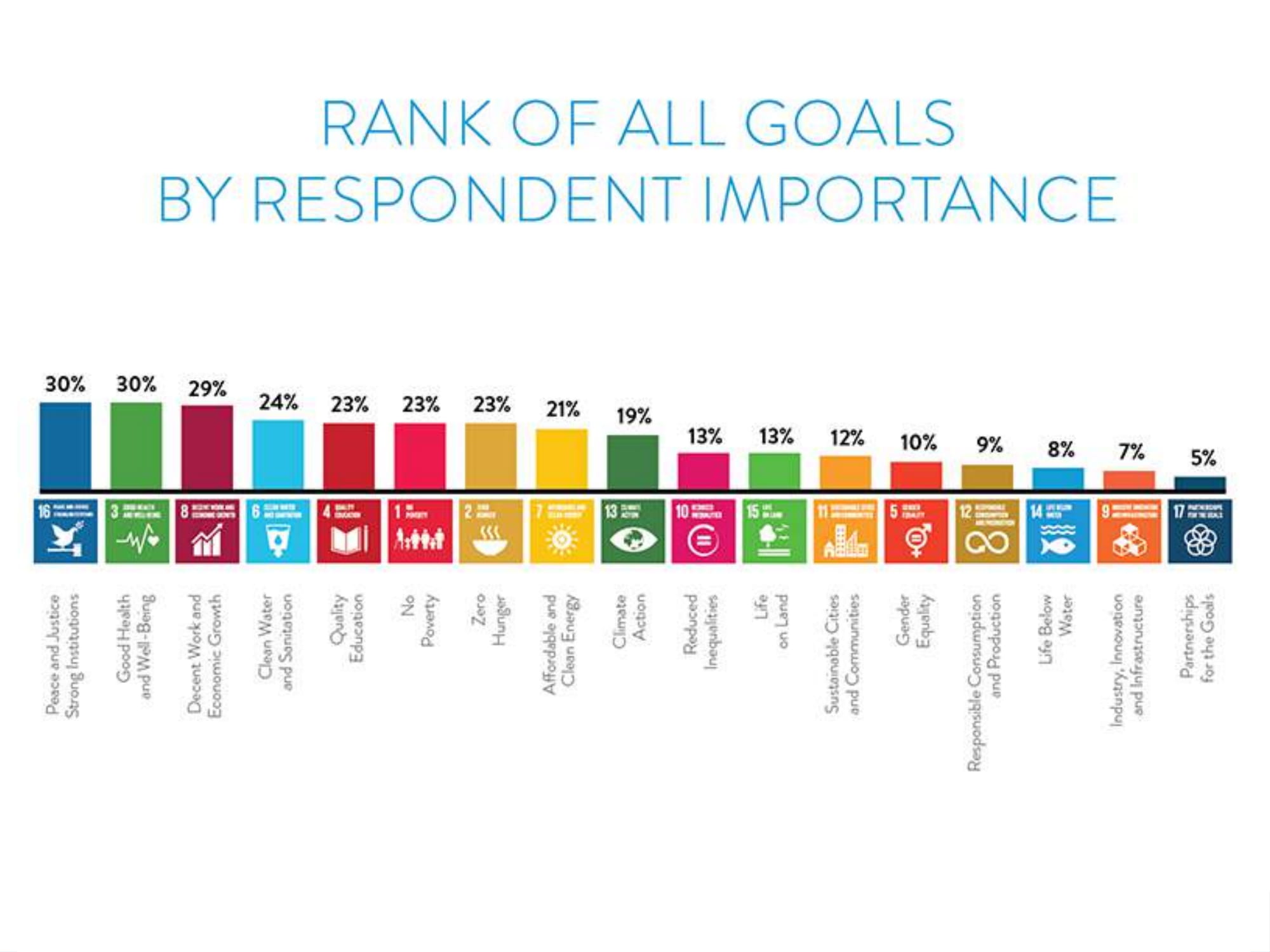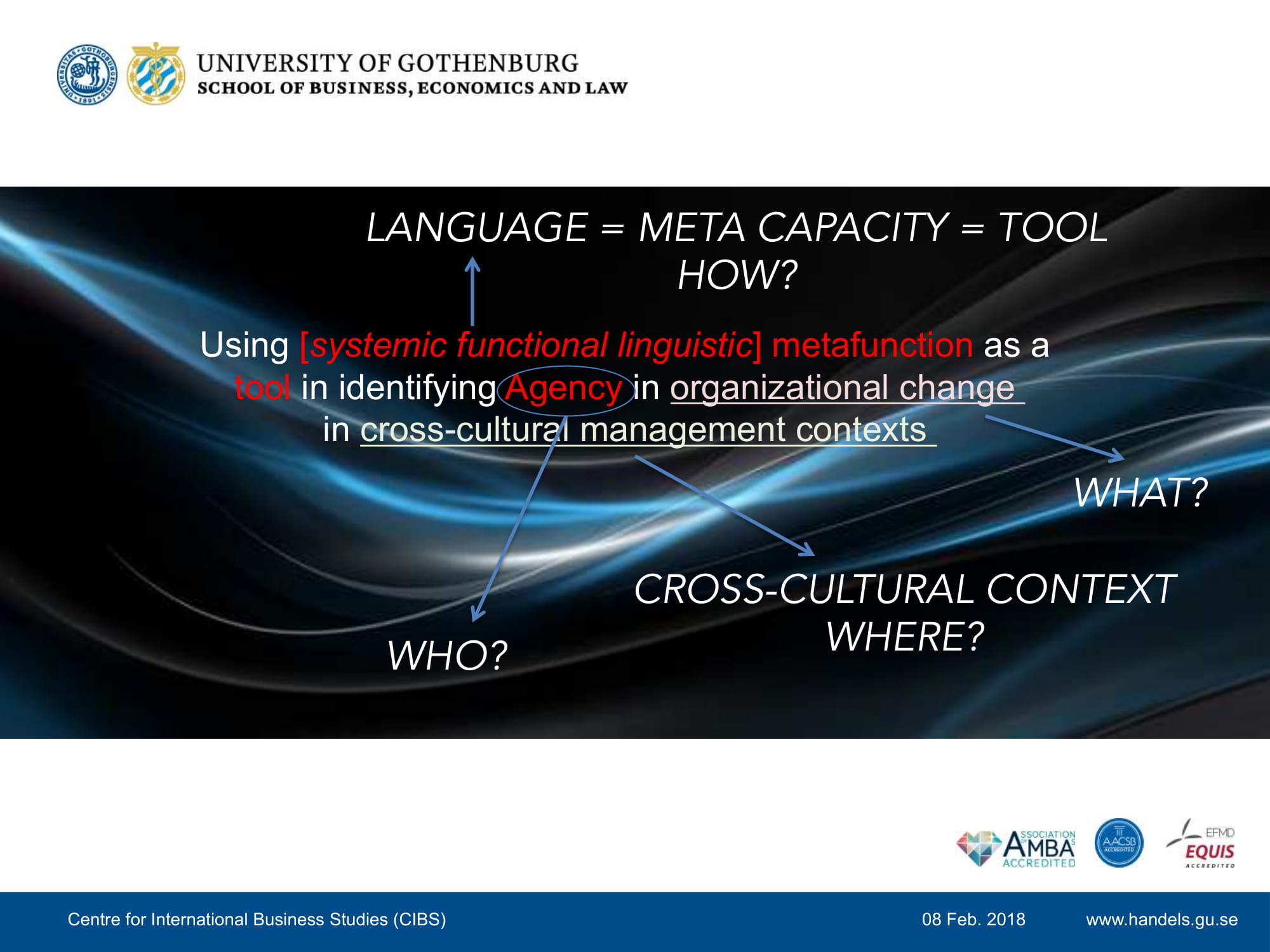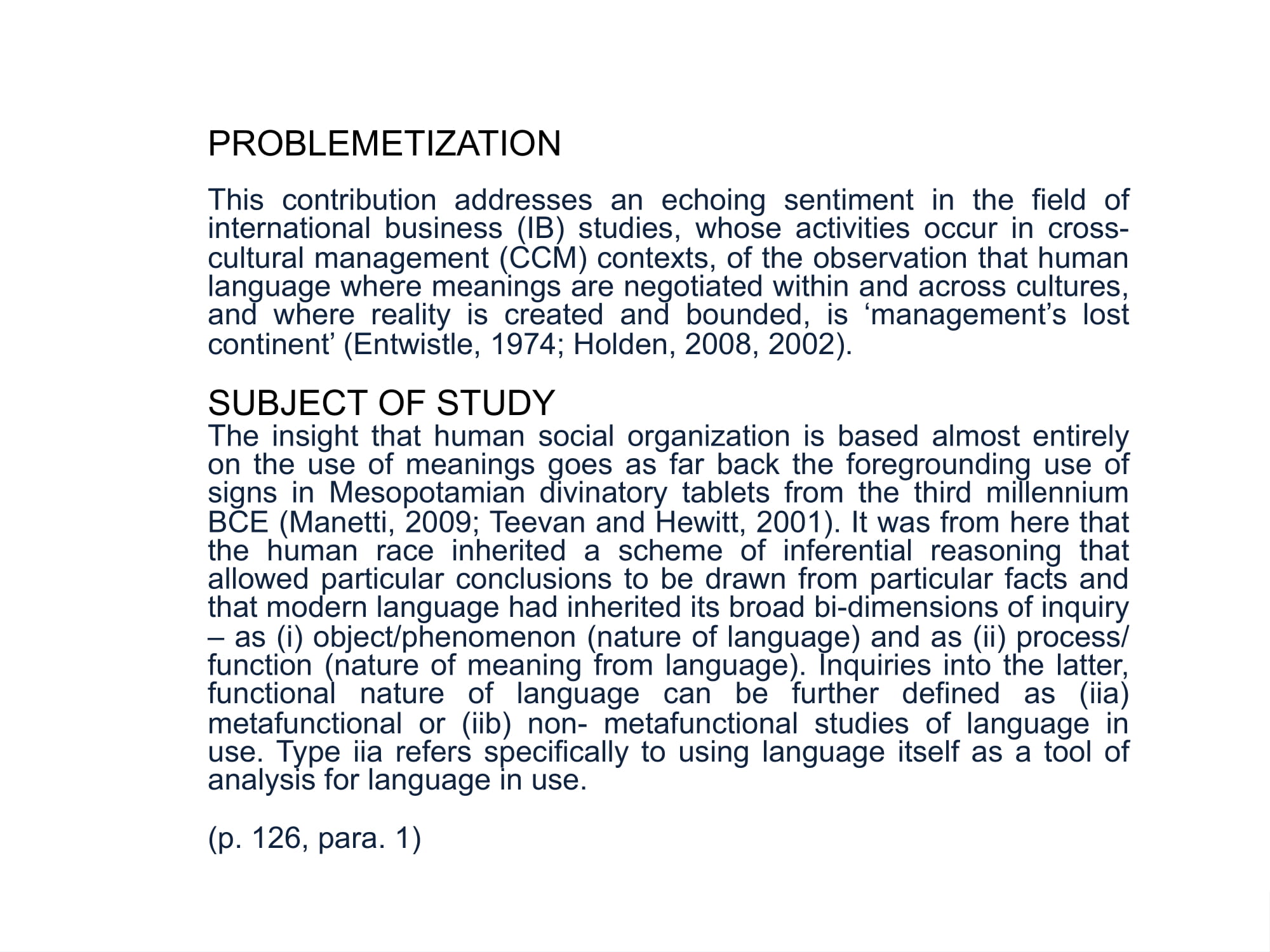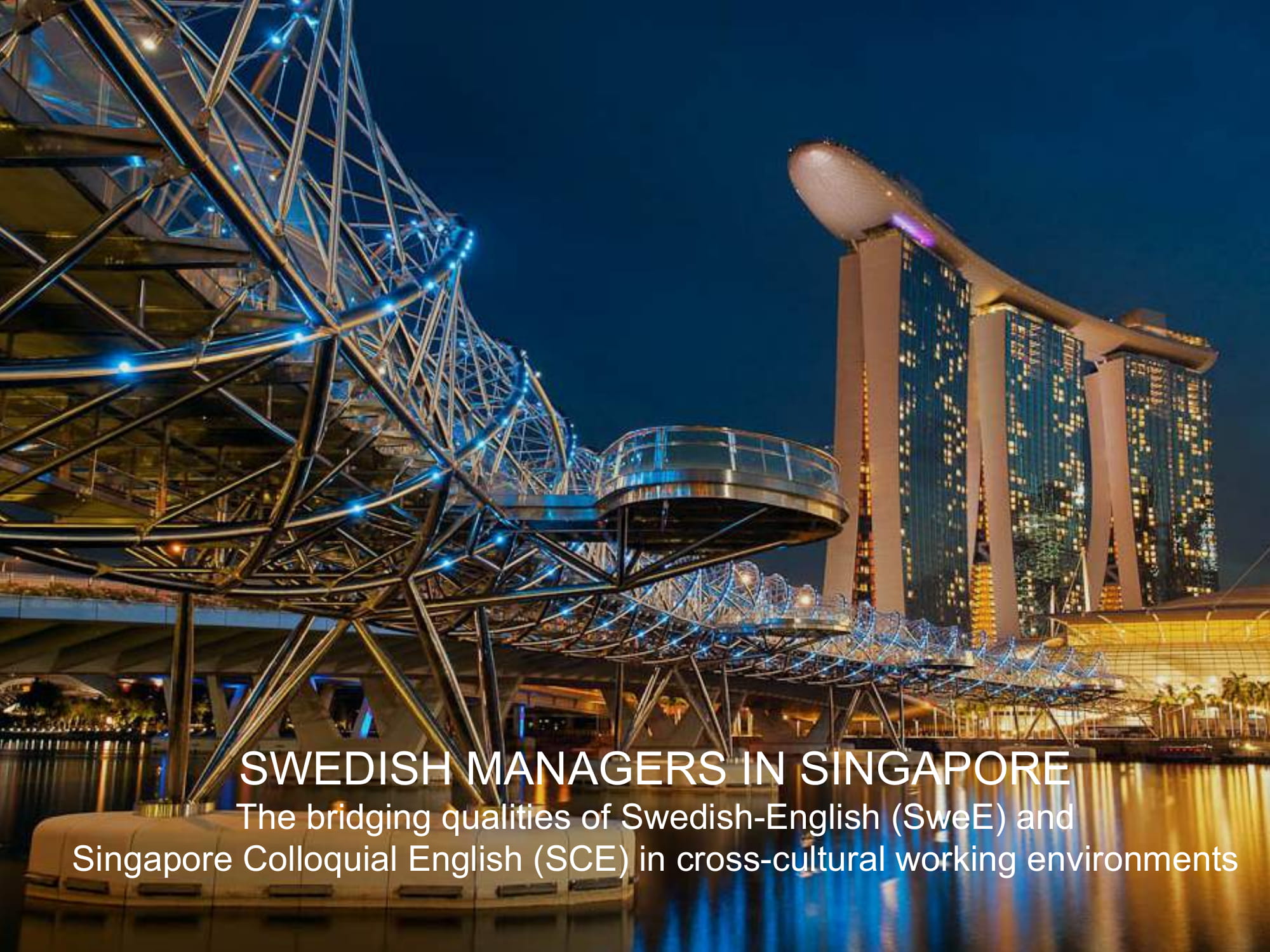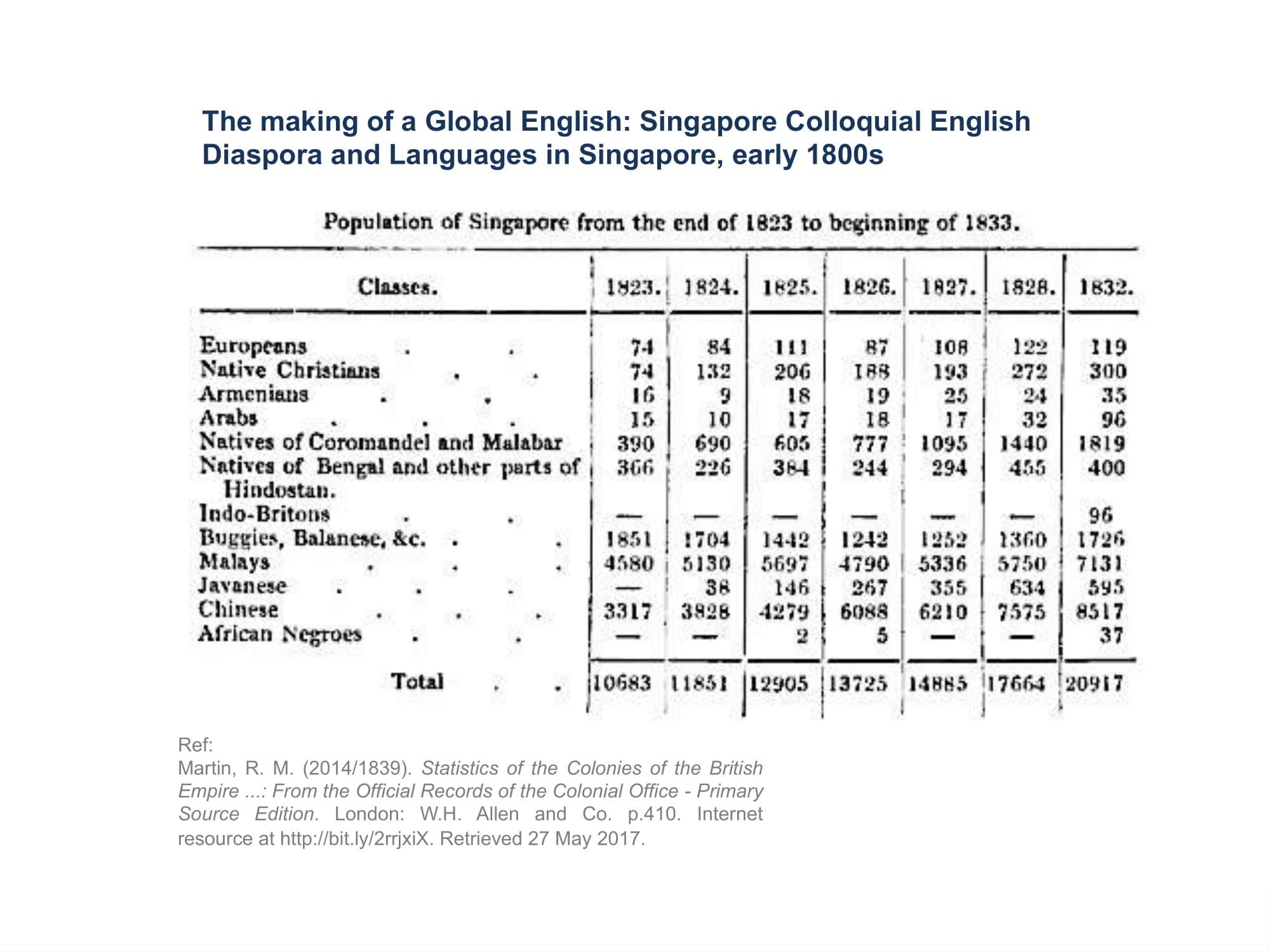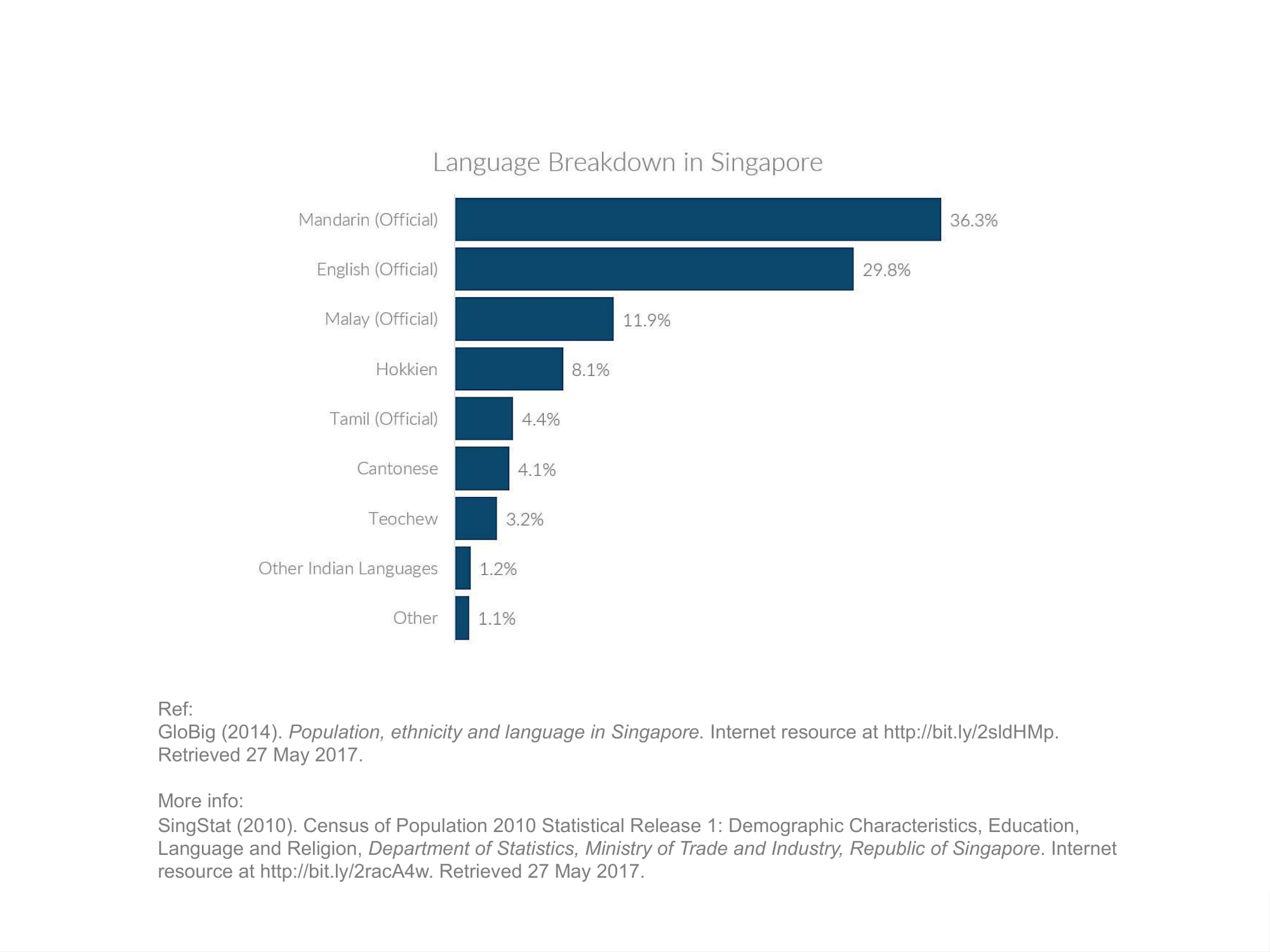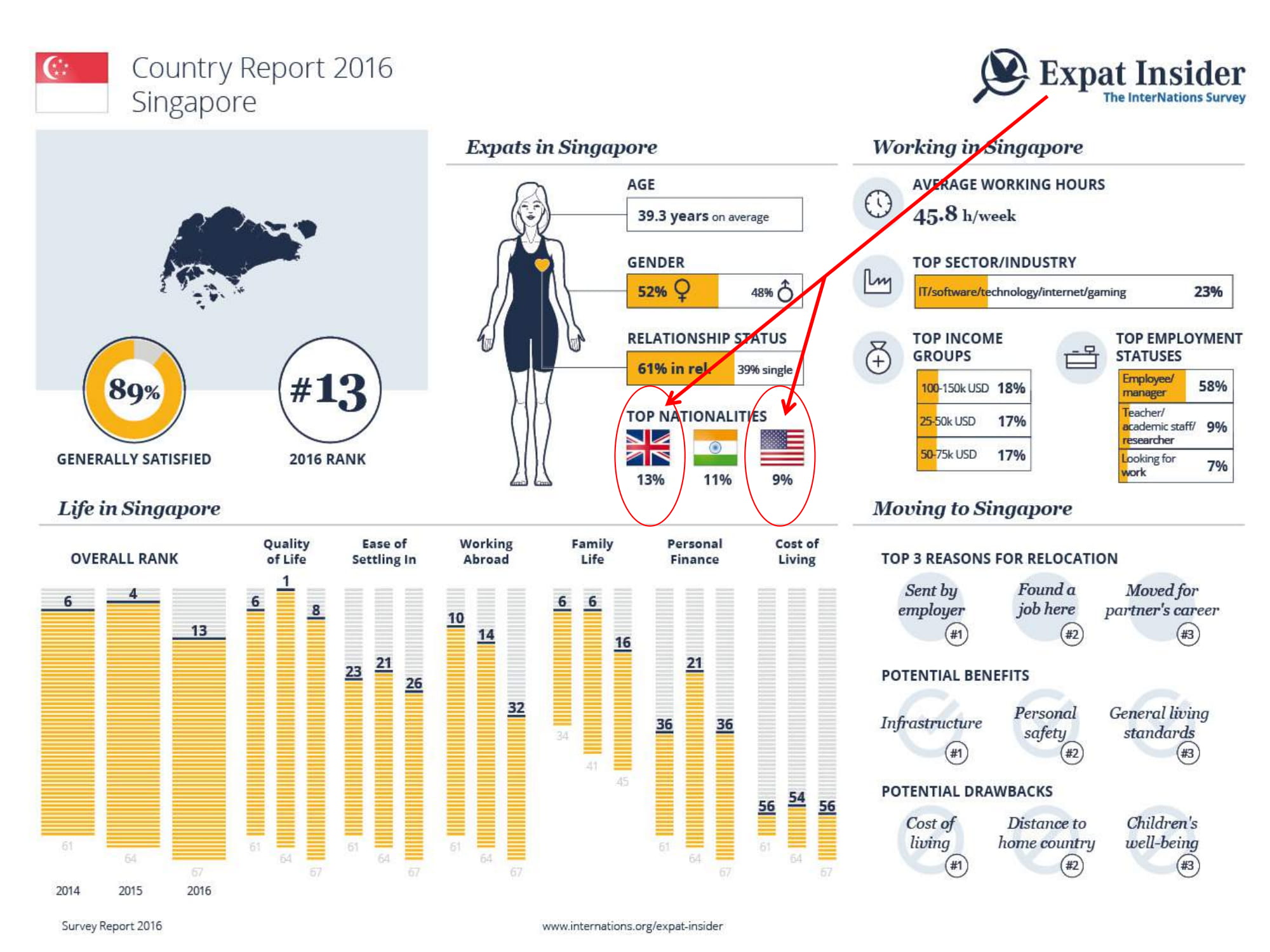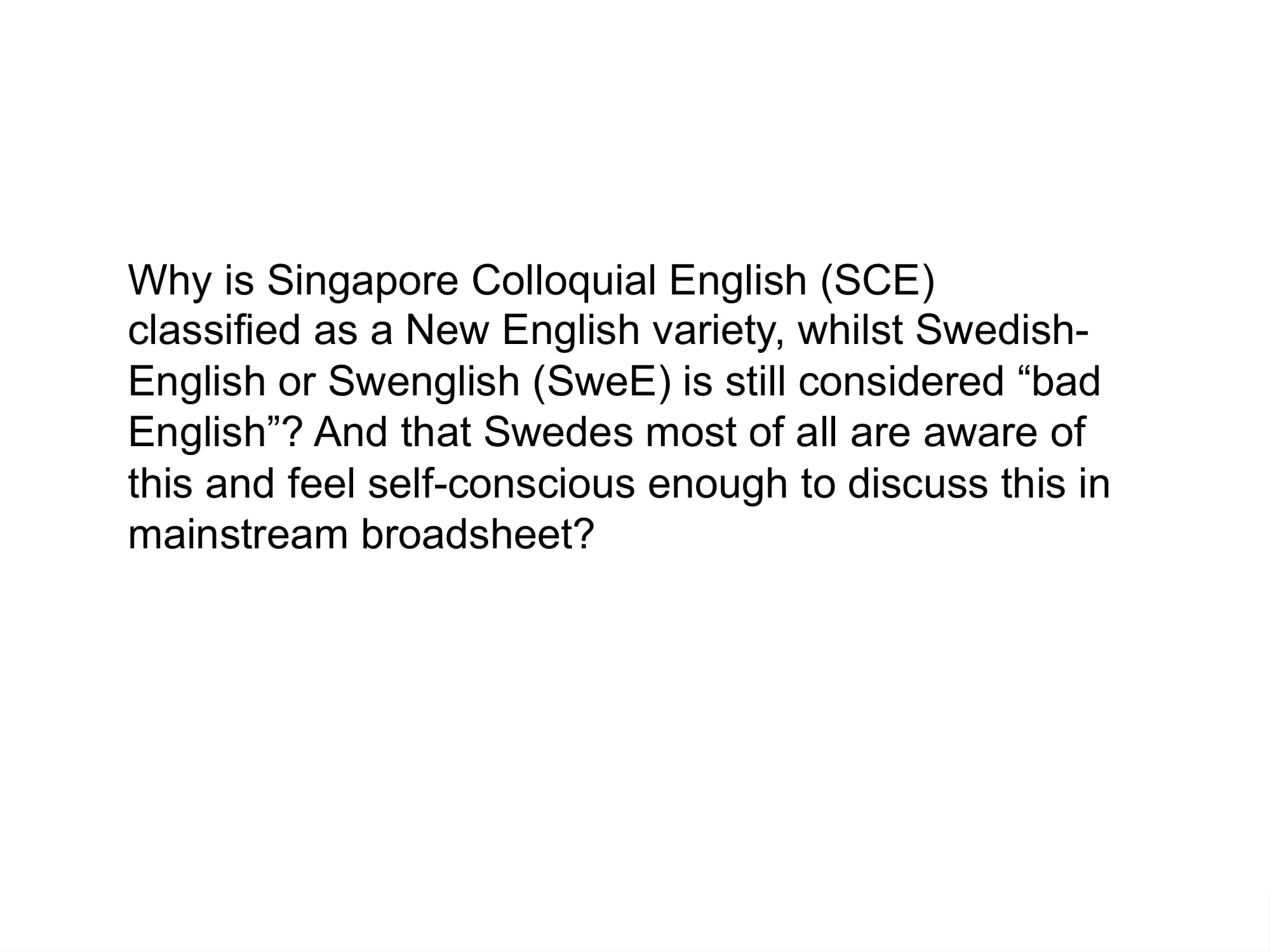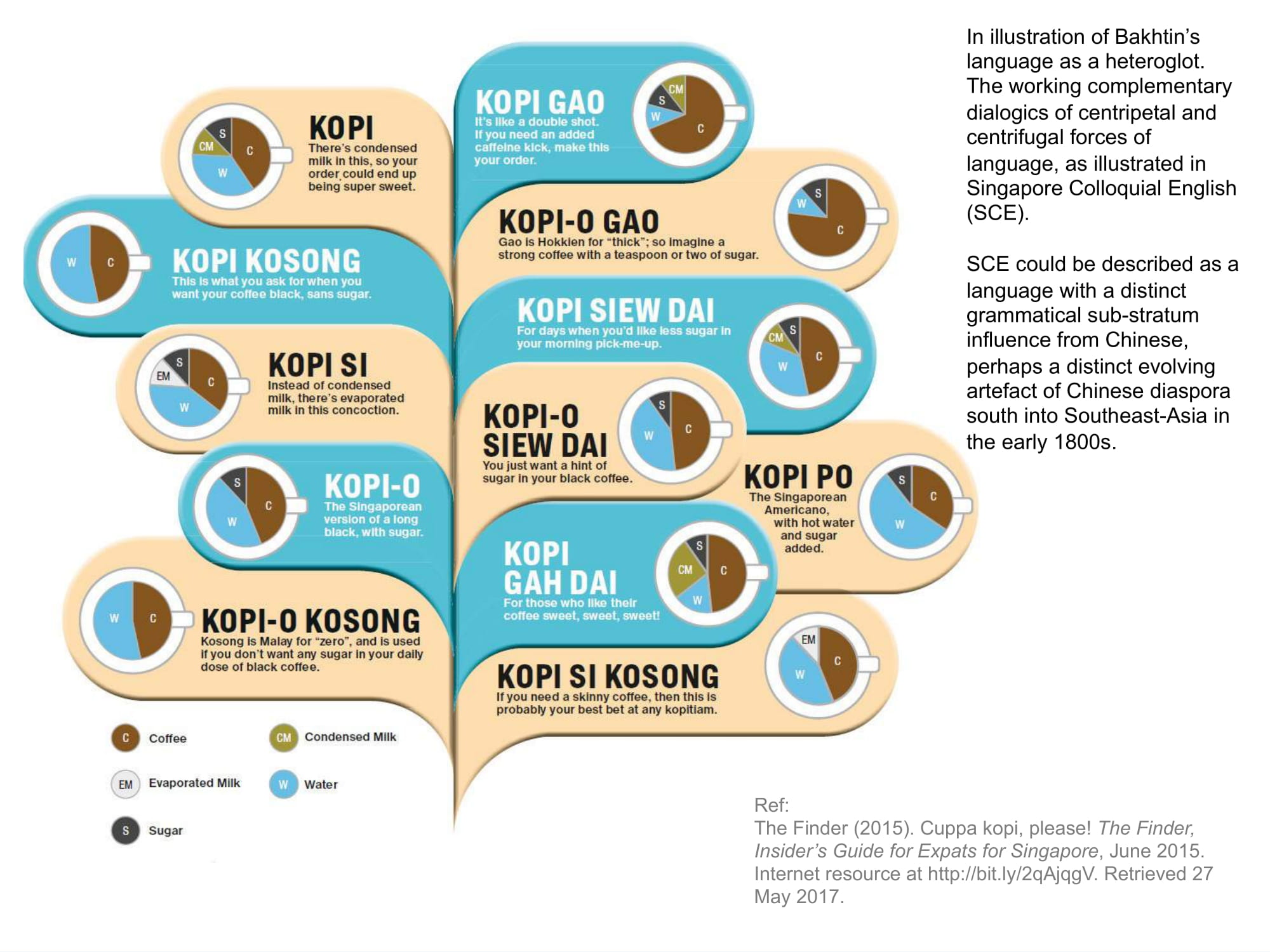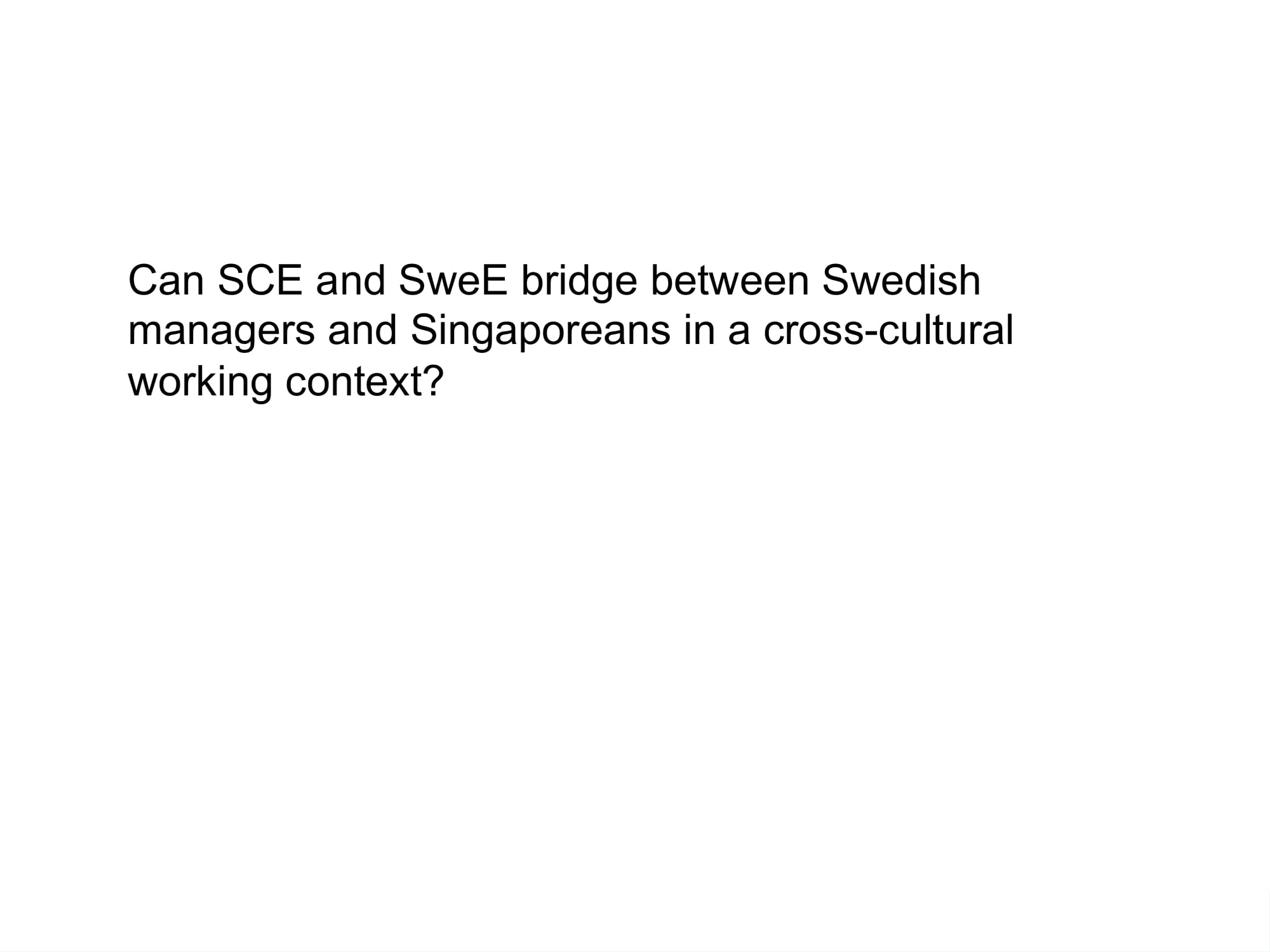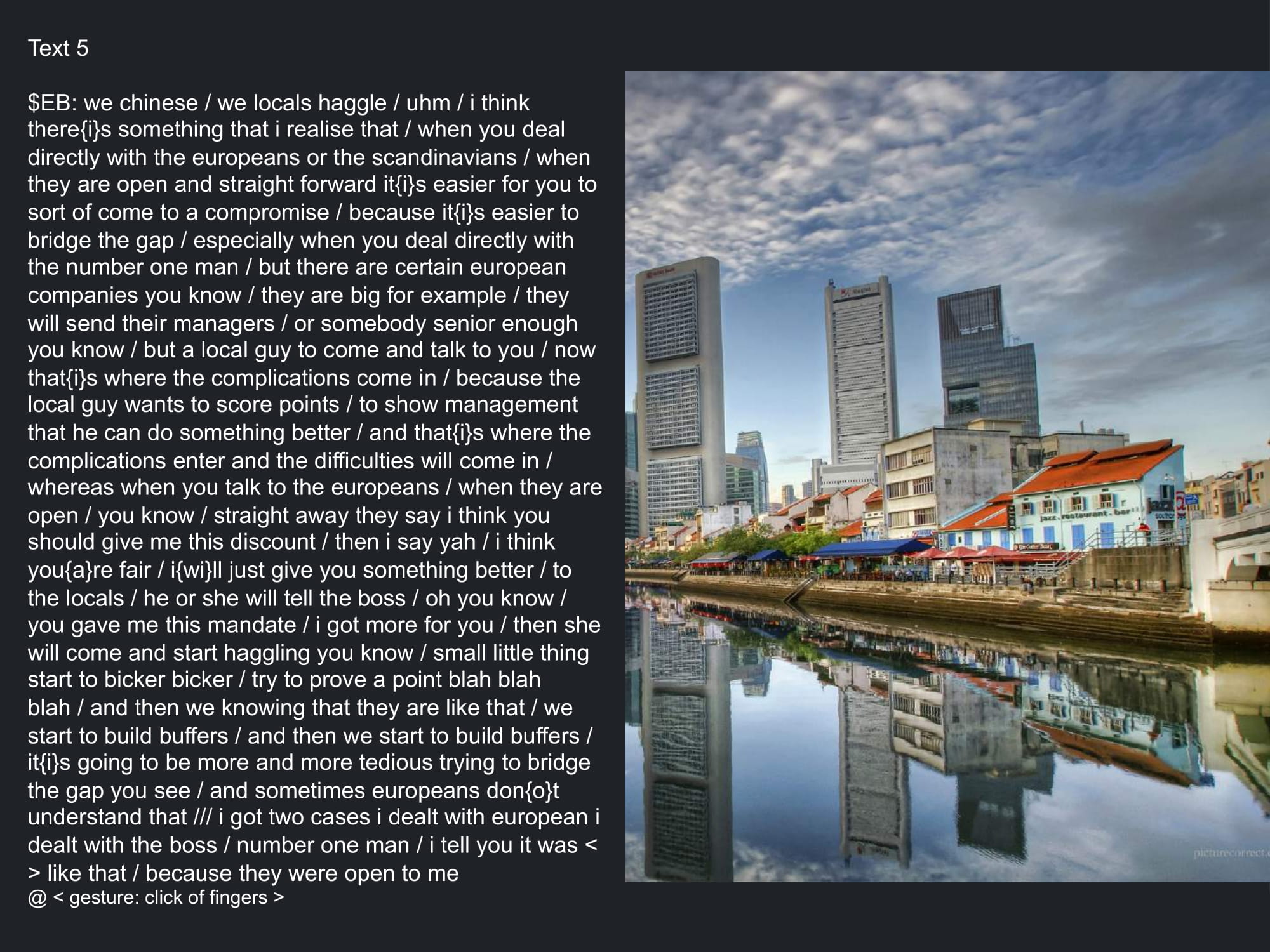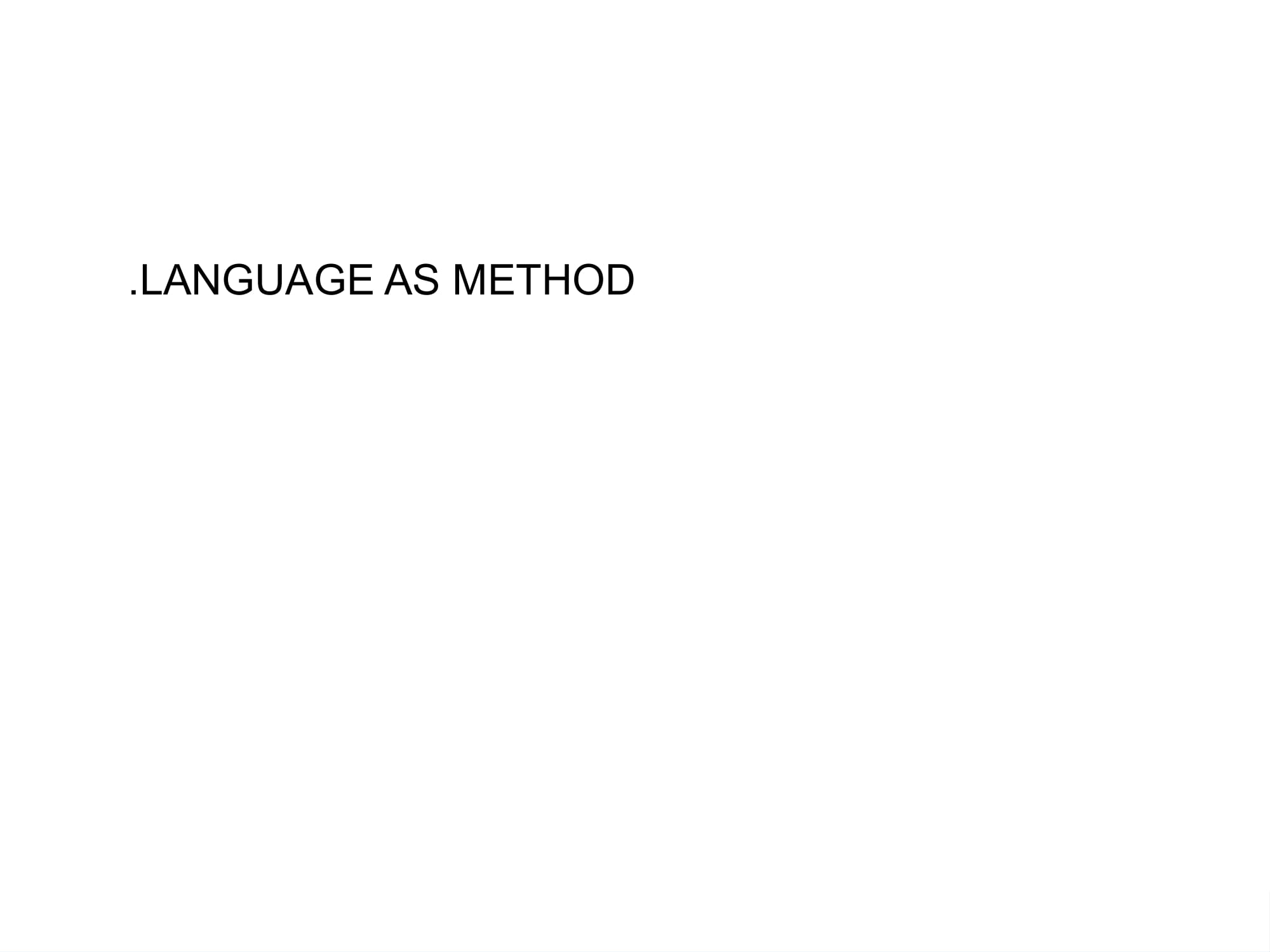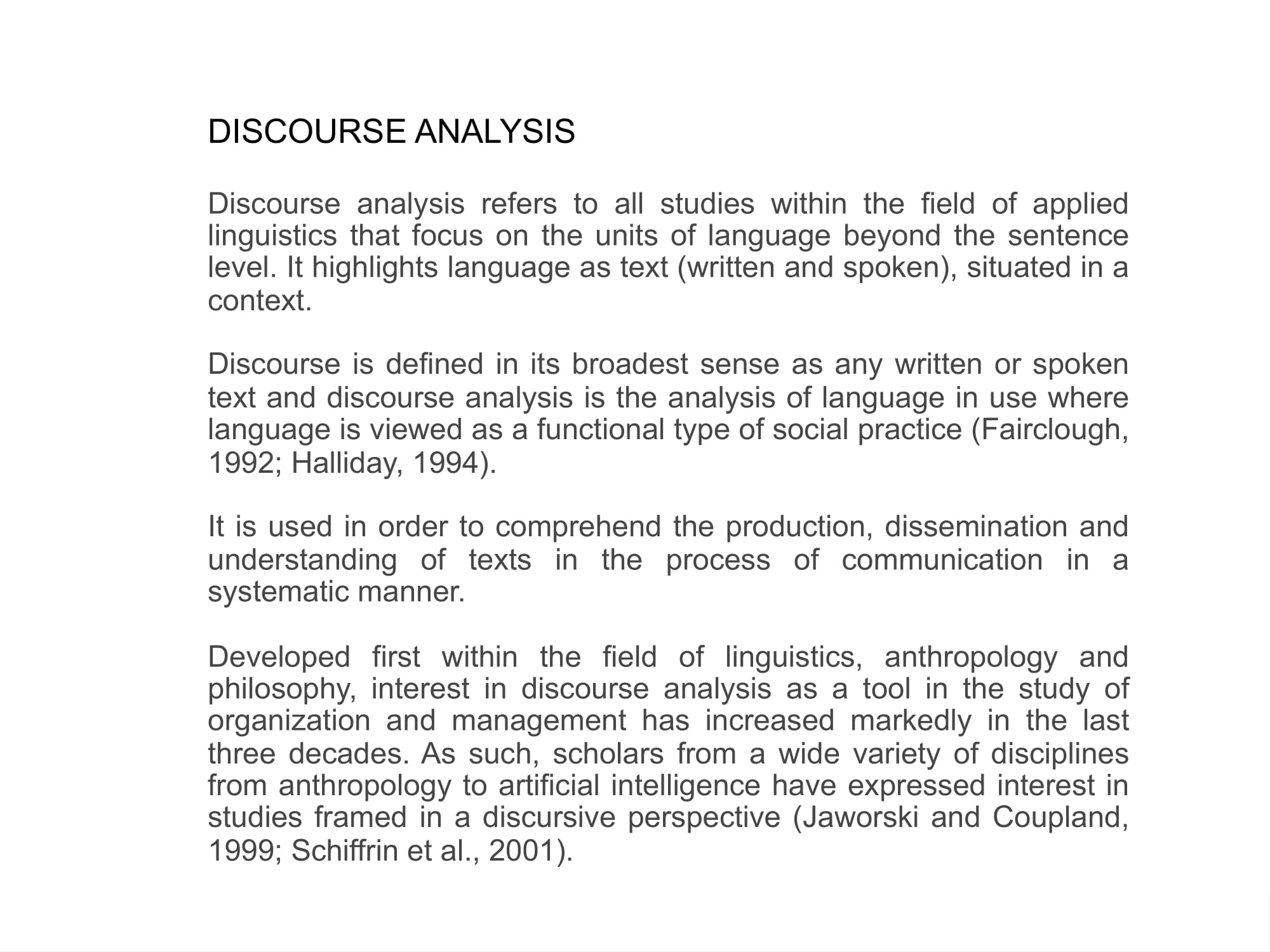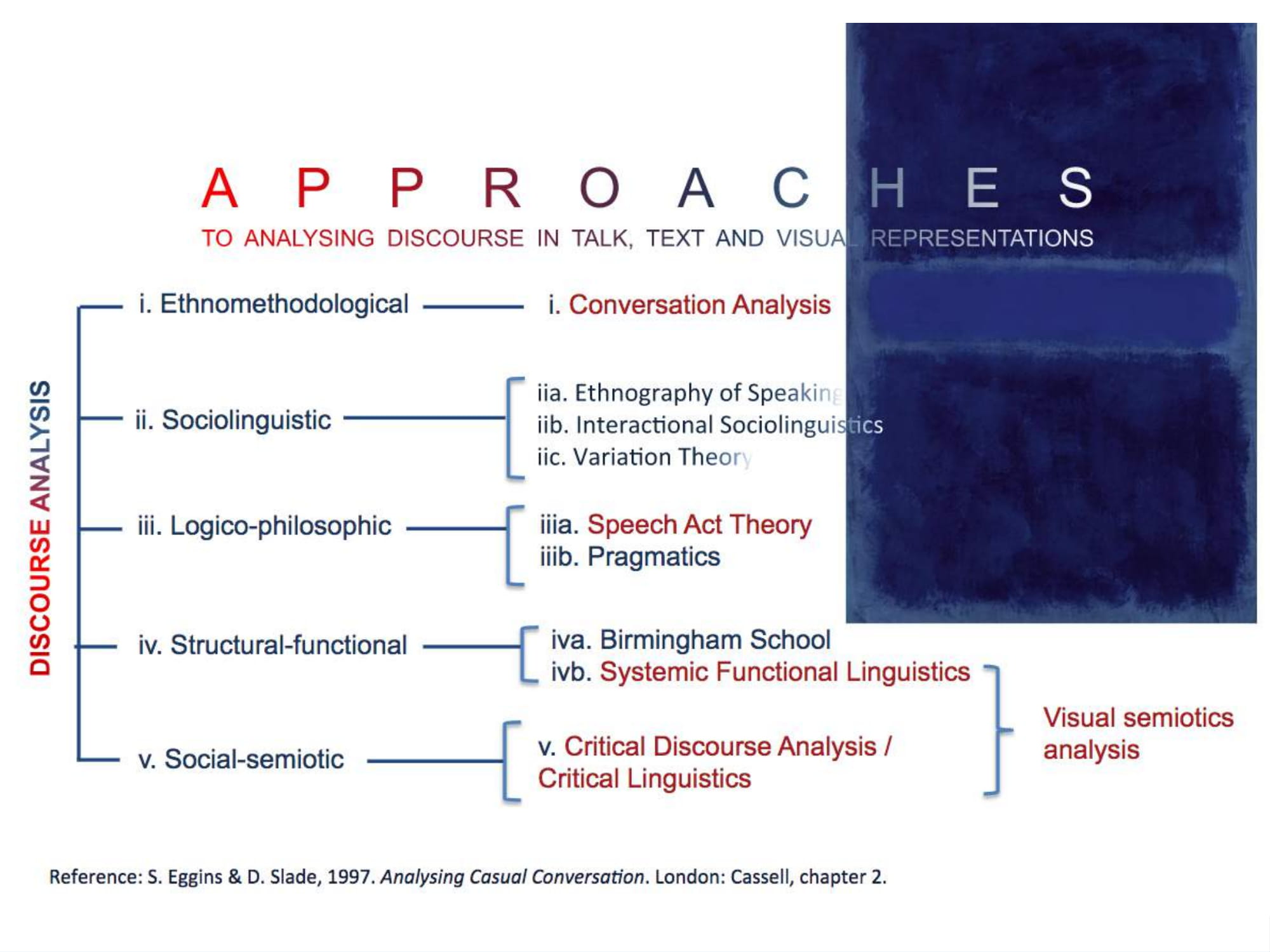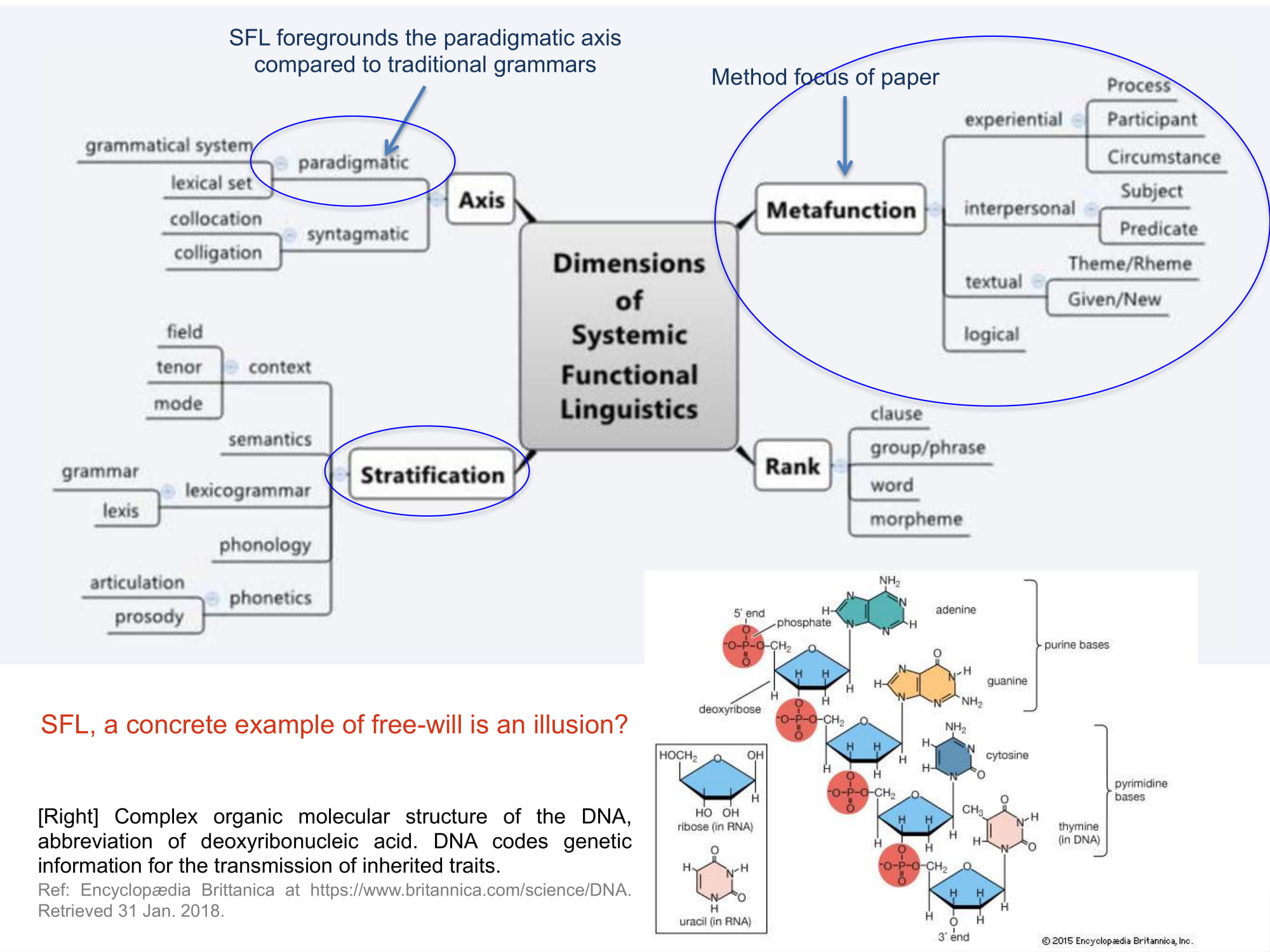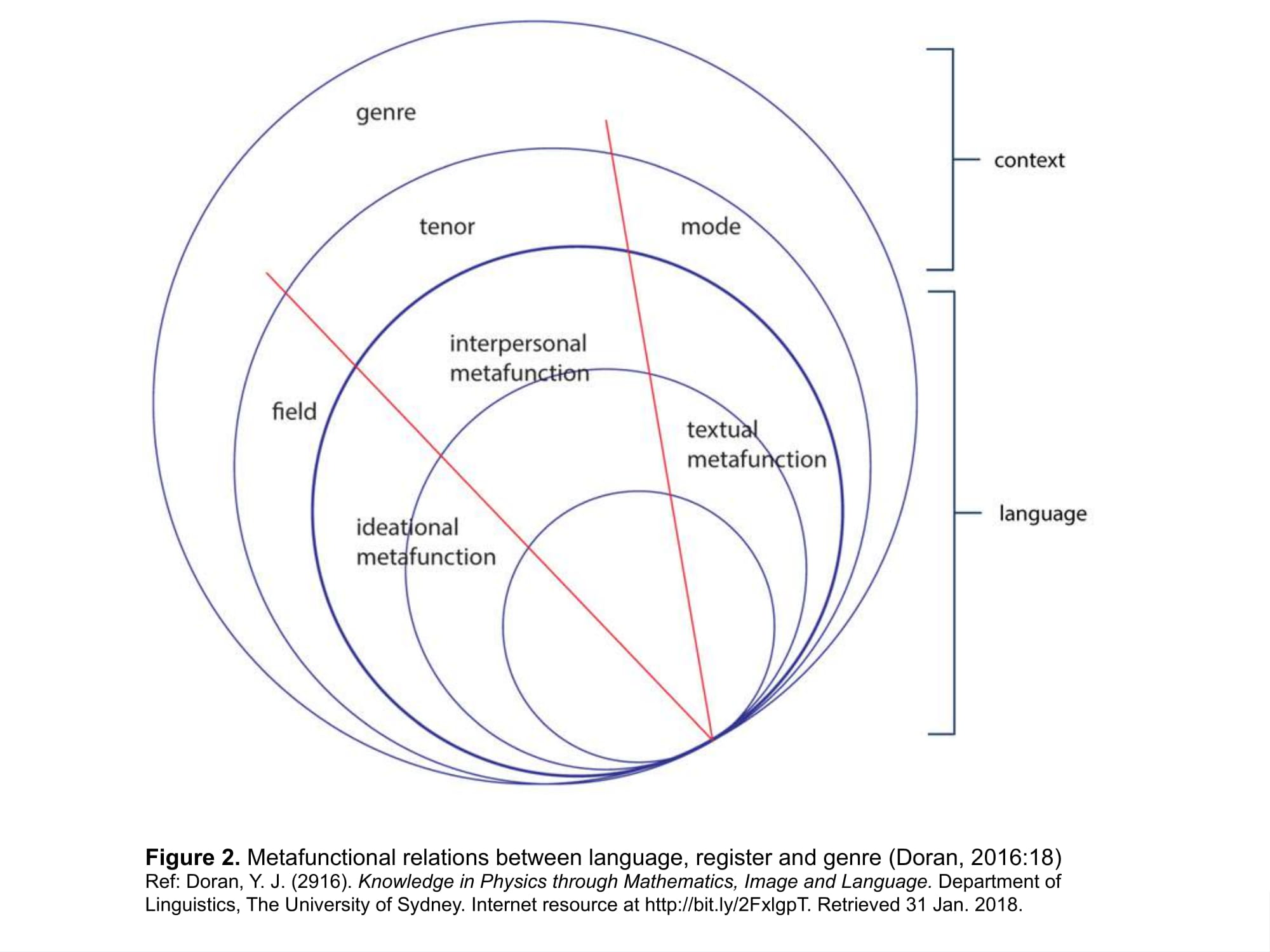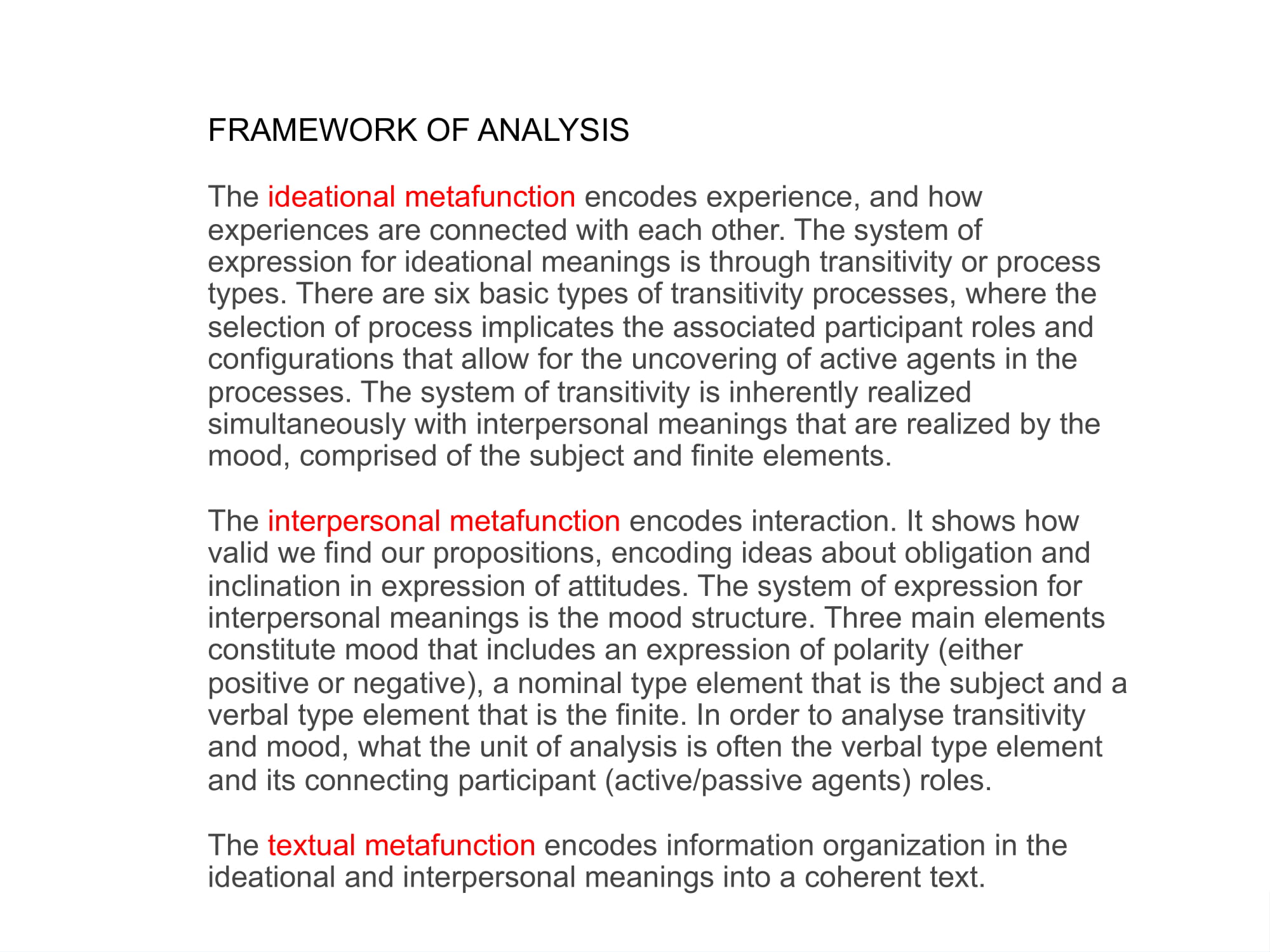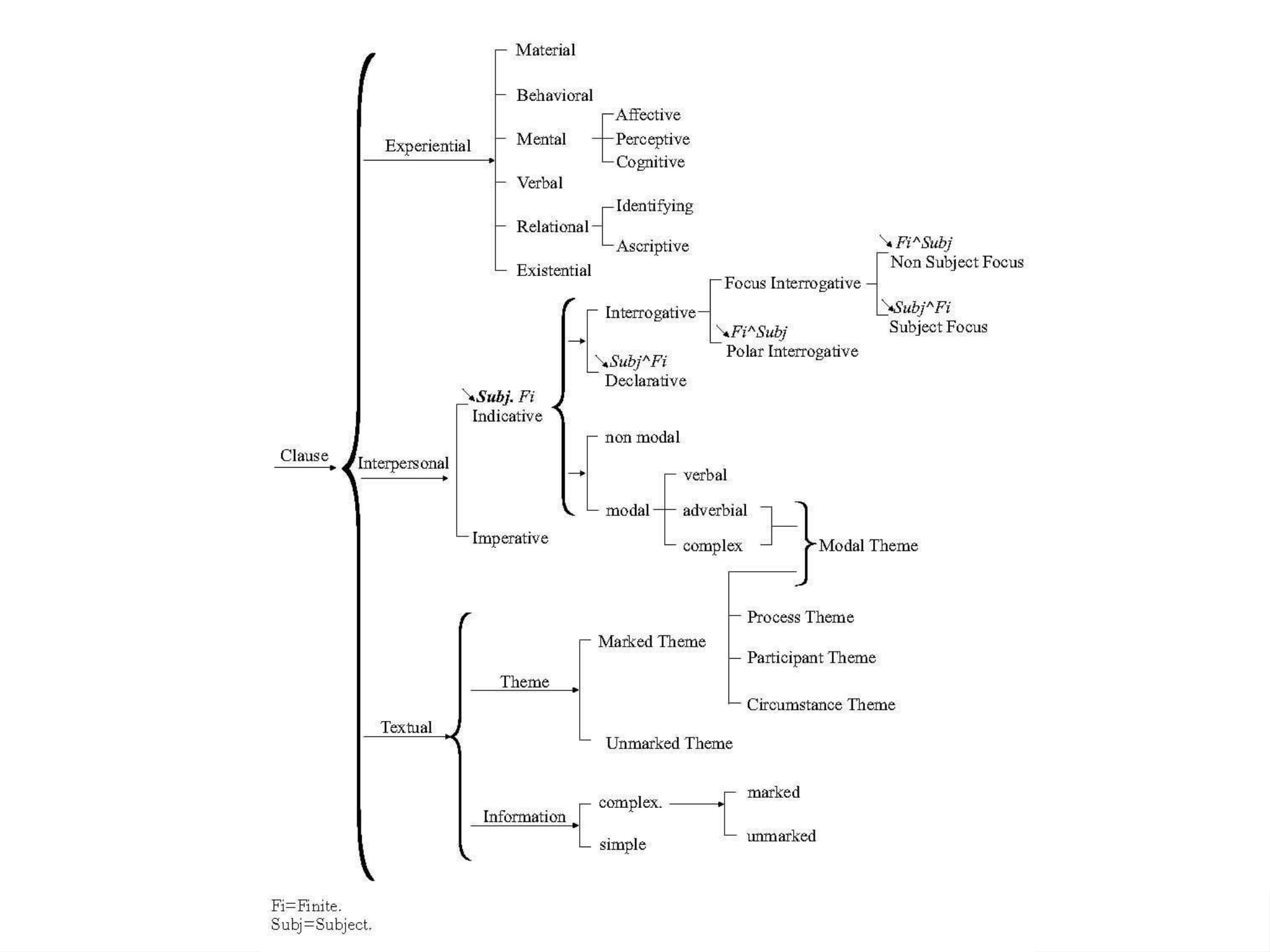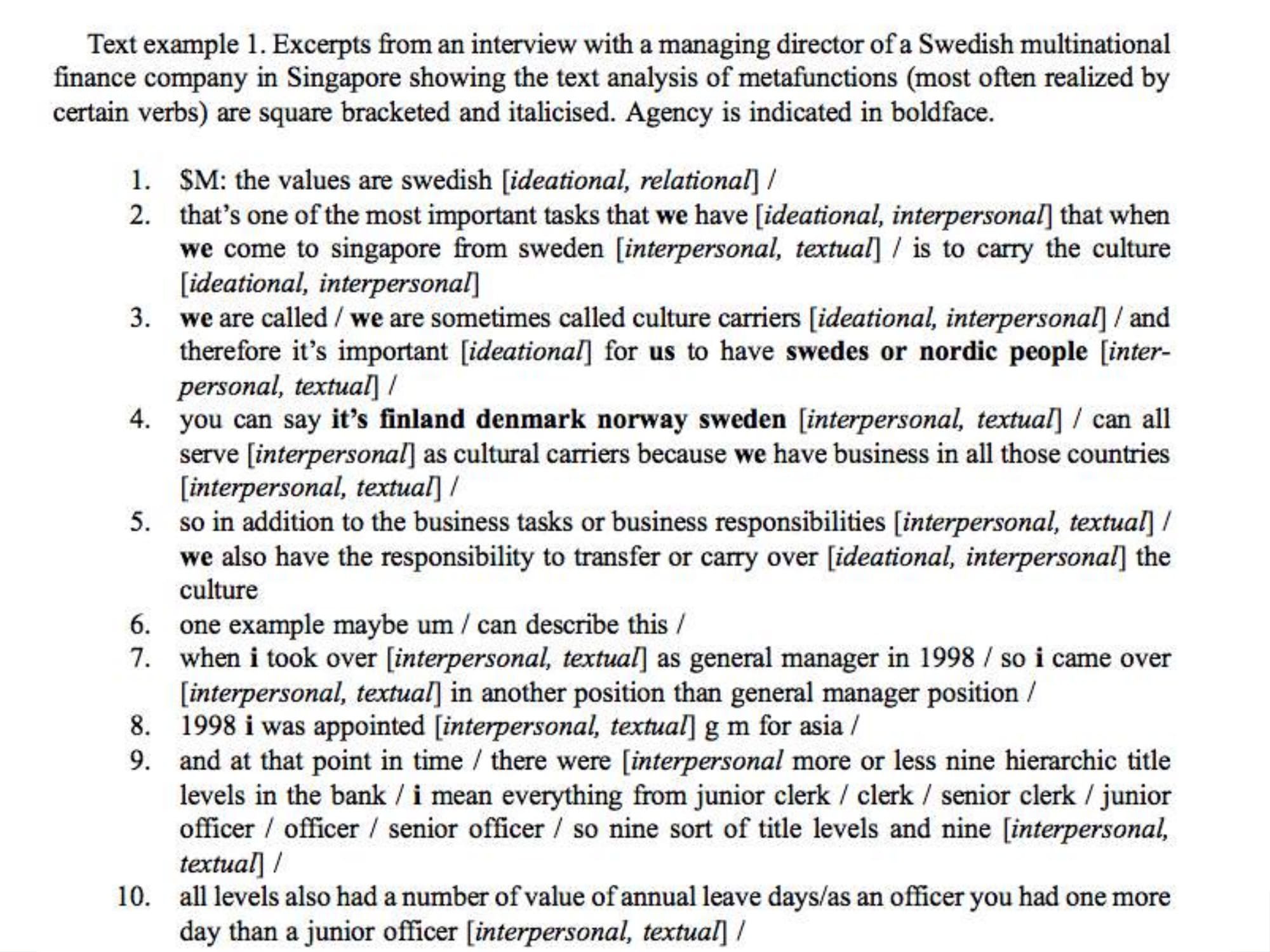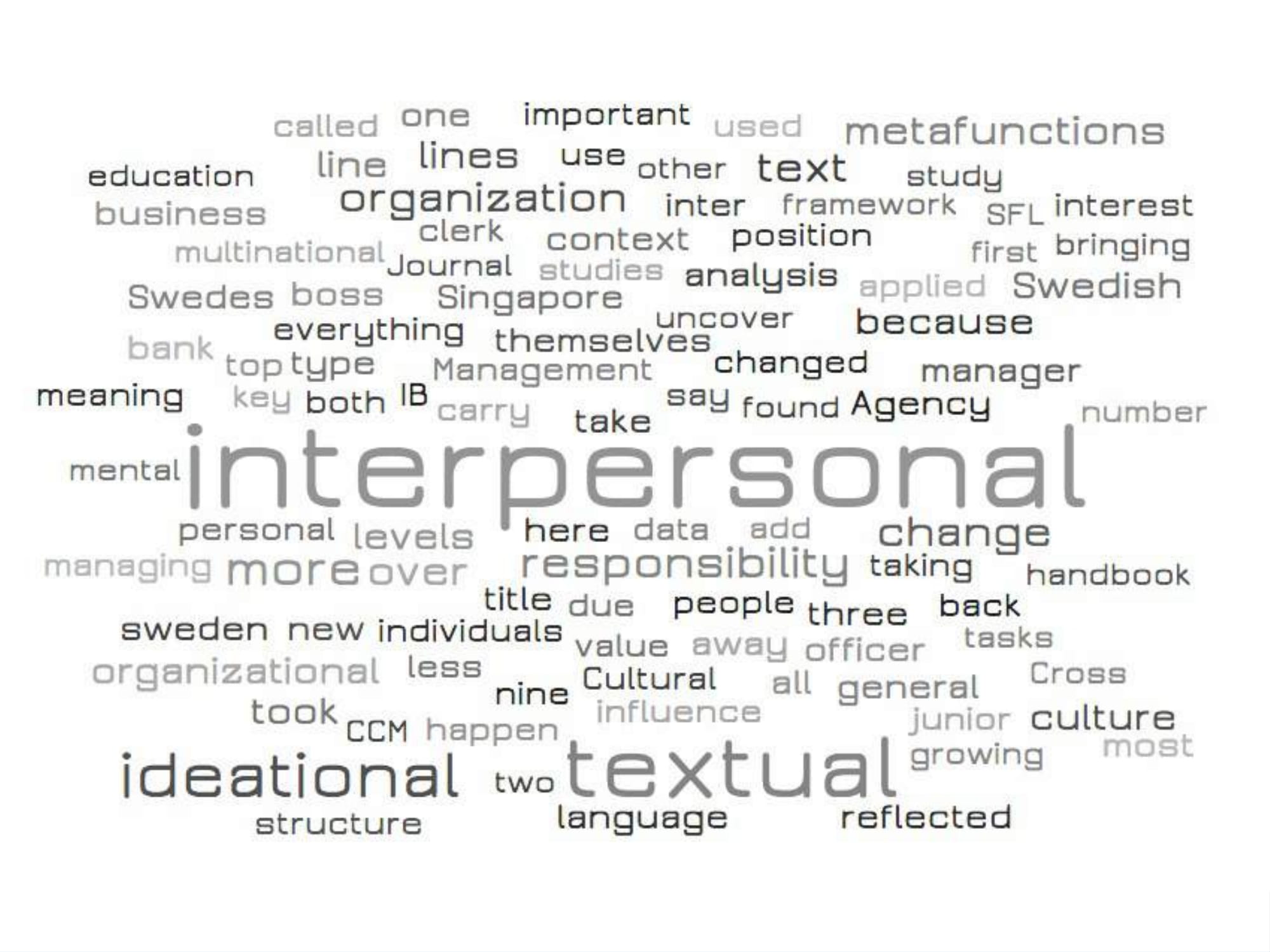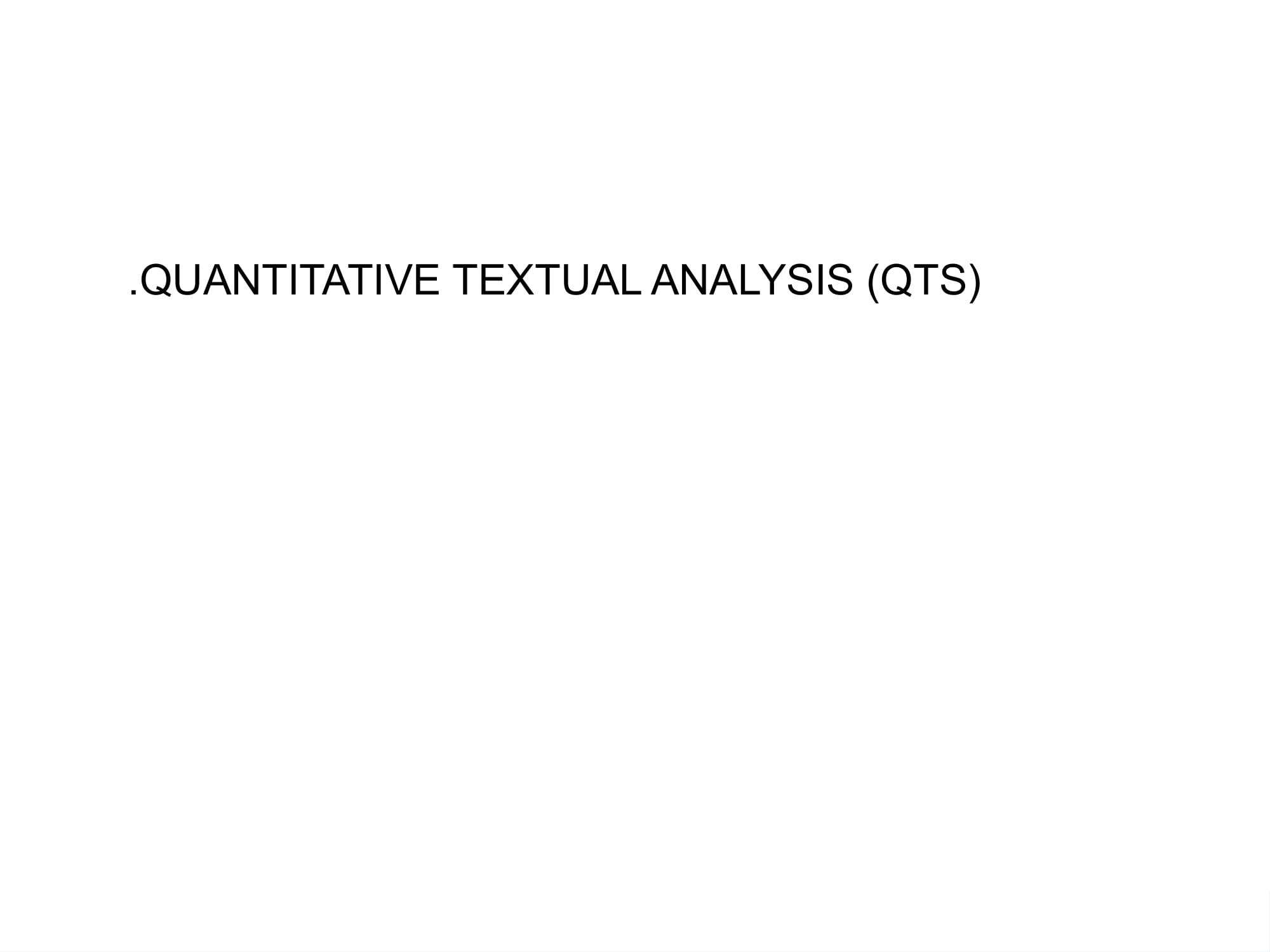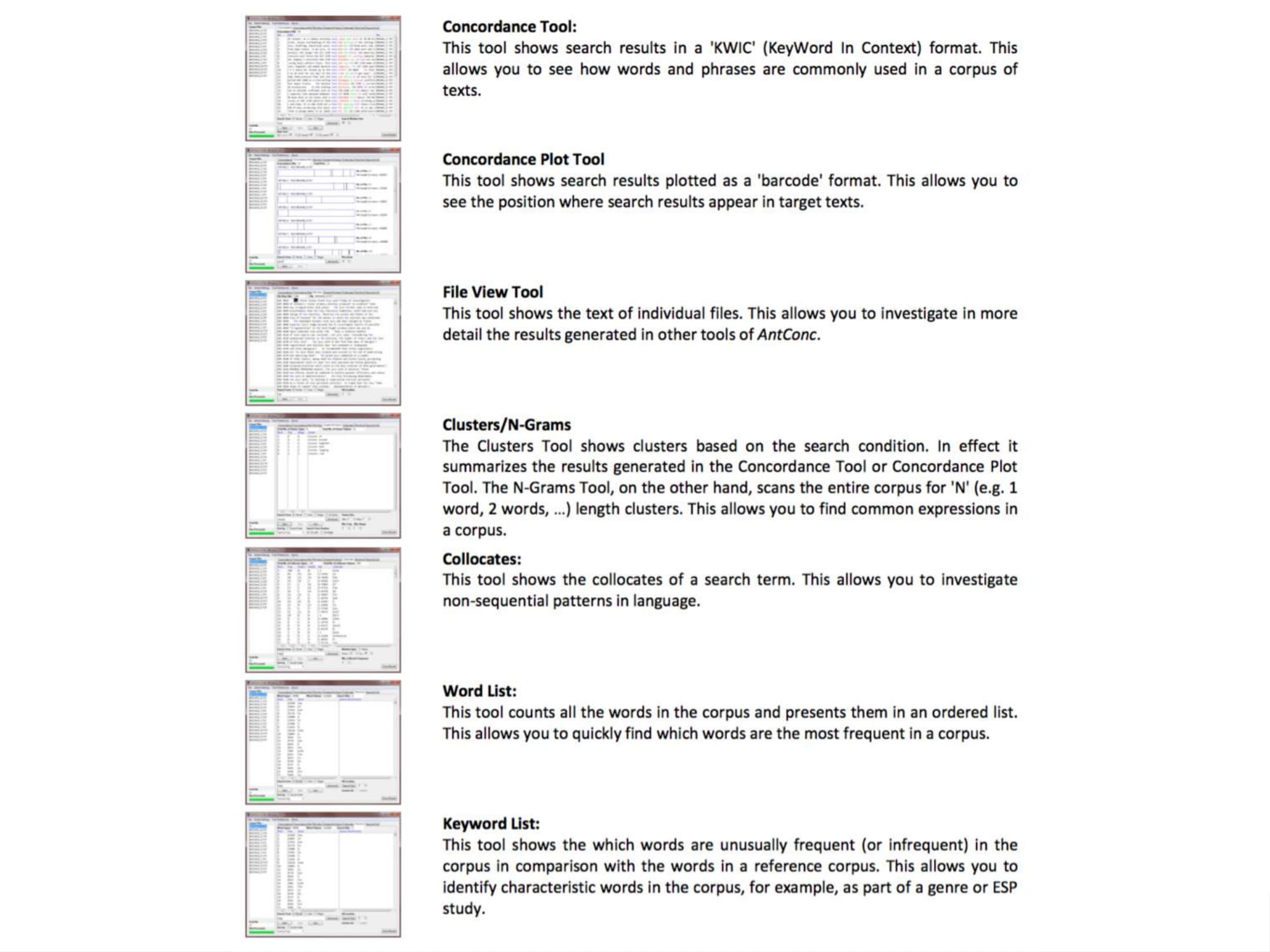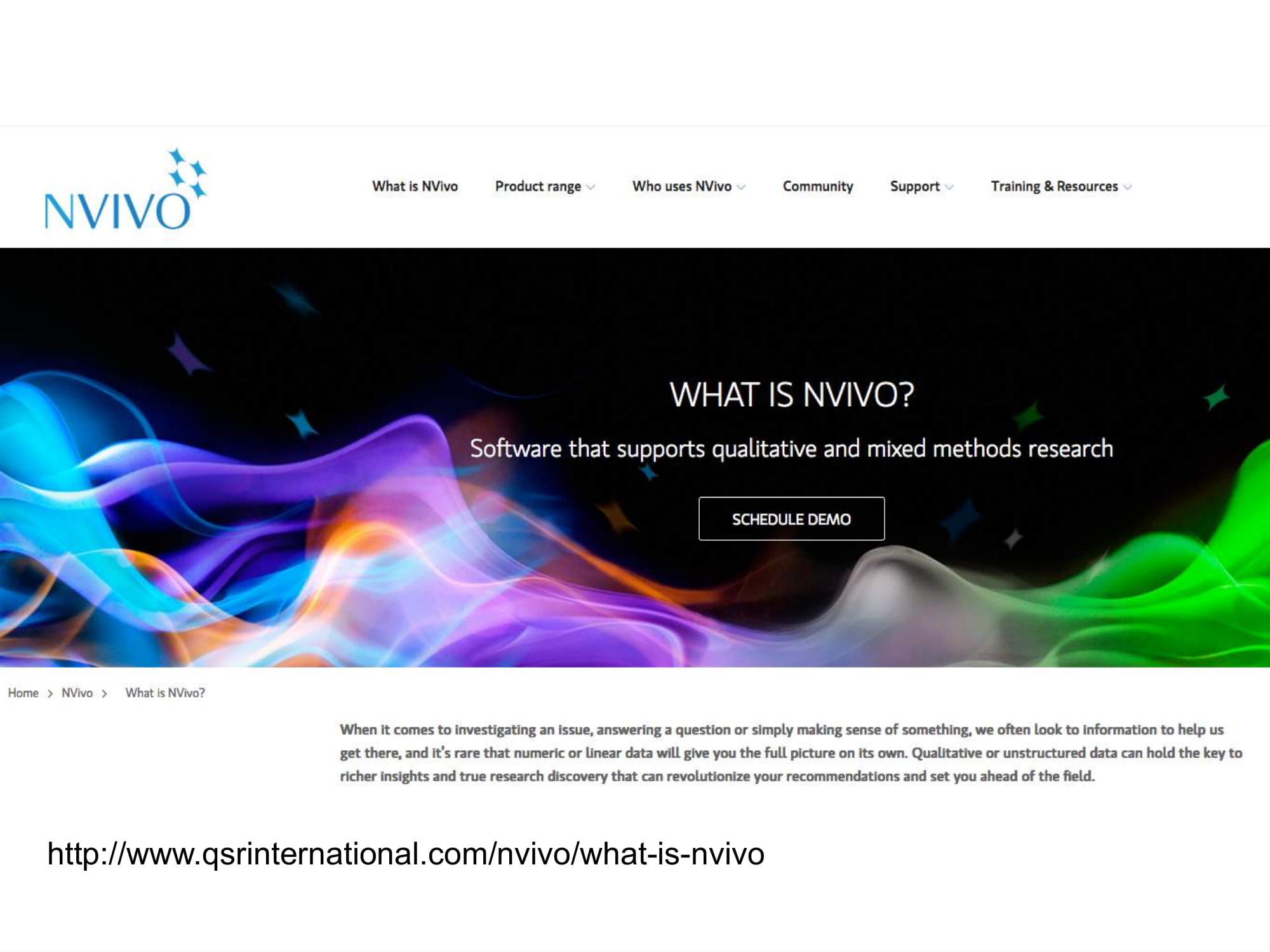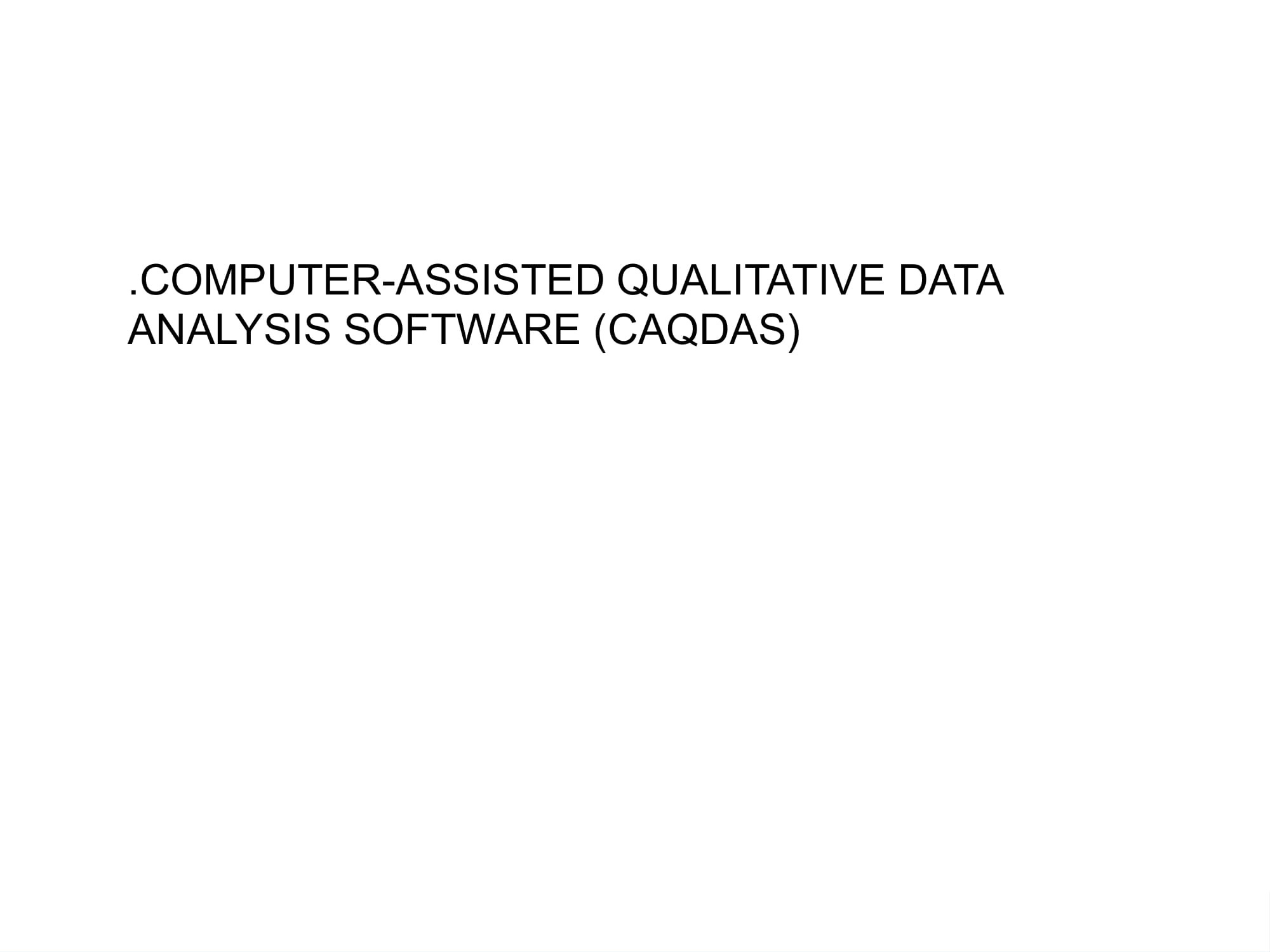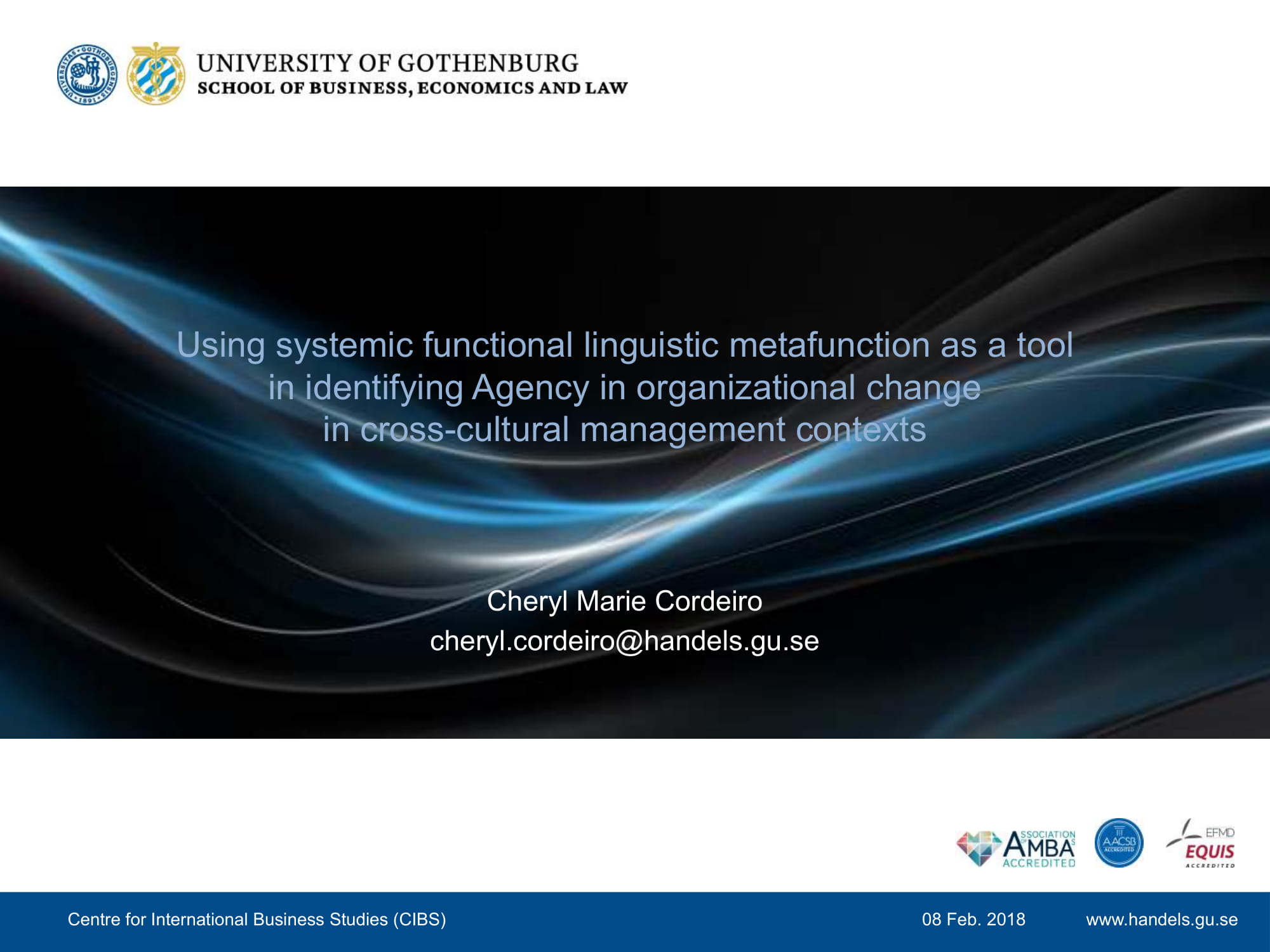International Business in the Asian Emerging Markets, Spring 2018
Paper Reference for Seminar
Cordeiro, C. (2017). Using systemic functional linguistic metafunction as a tool in identifying Agency in organizational change in cross-cultural management contexts. International Journal of Cross Cultural Management, 17(1), 125-135.
GS IBT Asian Emerging Markets. Cheryl Cordeiro seminar notes. 8 Feb. 2018.
[SLIDE 1]
Hi everyone, my name is Cheryl Cordeiro and I’ll be taking you through some reflections on this paper entitled “Using systemic functional linguistic metafunctions as a tool in identifying Agency in organizational change in cross-cultural management contexts”.
The data set to this study came from interviews with Swedish managers working in Singapore and Singaporean managers working in Swedish owned / managed companies in Singapore. I myself was born in Singapore and I moved to Sweden in 2002. The respondents to this study were mostly top managers whom I interviewed, the reason being that they were the ones who were the decision makers, and I wanted to find out more about their experiences working in a cross-cultural context. How do you come into a situation and manage people who are different from you? What challenges do you face? etc. were some questions I had in mind.
For those unfamiliar with Singapore, Singapore’s a compact country city that is about a quarter of the size of larger Gothenburg, with about five times more people in density in population. It is one of Southeast-Asia’s advanced services economy and often ranked on global innovation indexes on par with Scandinavian countries, coming in consistently at top five to top ten. The cultural fabric is mixed as is language and religion. Many Asia-Pacific regional headquarters of multinational enterprises are located in Singapore, the reason why the Singapore context makes for an interesting arena of study for cross-cultural management.
[SLIDE 2]
Here are some learning points for today’s seminar, which you can take home for the immediate purpose of you writing your master thesis. In the larger perspective, it will help with problem solving skills and critical thinking skills, something that can be applied not only to your work space, but to your everyday lives. The better you finetune your capacity to problem solve, the easier you can manage your work and life context.
Some insights to problem solving to context, using this paper as example are:
1. Can you identify the paper background? What is its context?
2. What is its main field of research or topic focus?
3. How do you deconstruct the problem discussion in the paper?
The answer to the last question is a reverse engineering process. It’s like having a car engine in front of you, and you take it apart and try to put it back together to see if it works. You can also do it with a TV. A friend of mine did it with a TV and everything went back in, it worked, but there was one bolt leftover.
[SLIDE 3]
To begin, I’ll take a tangent and ask you to consider the broader implications of language. How about visual language? And what does that do to your mind, in terms of getting meaning out of images?
Consider the following two images. [SLIDE 4]
These images target a well-known, almost ubiquitous discourse that permeates almost all news media, social media, school curricula studies etc.
(Group Discussion Point)
What do you see as similarity or difference between them?
What impression do you get of these Global Goals?
What is not explicitly referred to here but assumed?
[SLIDE 5]
Visuals can be analysed in a systematic way. You can turn to literature on visual semiotics or the grammar of visual design. This book by Kress and van Leeuwen is a good starting point for those who are interested in analysing images and visual design.
[SLIDE 6]
If you crawl the web for Global Goals, you’ll find that not only is representation different for different goals, but that different groups of people rank the importance of the goals differently.
The answer as to why, is because of context of situation. And context of situation is never apart from language use and meaning making and even, culture.
[SLIDE 7]
After giving you an idea of how pervasive, yet implicit or taken-for-granted language is, let’s go back to the seminar’s paper in an exercise of consciousness raising – to make aware what most people are not explicitly aware about. Let’s start with a title decode.
A title decode is also one of your first means to literature review for the thesis writing. You find articles by doing a keyword search, and the keywords should ideally be reflected in the title and/or the Abstract of the paper you retrieve.
In this case, there are several keywords in the title itself that tells you what the paper will be about. These keywords can also be used to search for more articles in the field if you’re going to pursue any of the keywords as topic of research.
Keywords identified are:
• Systemic functional linguistics (SFL).
• Metafunction
• Tool
• Agency
• Organizational change
• Cross-cultural management context
Apart from keywords in a title that you can pull out, you’ll also notice that in this particular title, it answers the questions of – what, who, where and how.
At a literal level, you can say that I’m talking about organization change in a cross-cultural context, and I’m talking about who is making these changes and I’m going to show you how you can do that with language analysis.
But here’s the fun part. As first insight into language -> language is also its own meta-language. Meaning to say, that at any instant in time, language in use should also reveal to you the answers to these basic questions of what, who, where, when and how. And there is a framework of analysis to help you do that in a systematic way, called SFL.
Language can be used to study itself, as in language. And language can be used to study other subjects.
[SLIDE 9]
What we’ve now partly done is contextualize the subject of research. But this needs to be explicit in the text when you’re writing.
[SLIDE 10]
And this I made in paragraph 1, on page 126.
This paper is written in the context of that IB scholars have acknowledged a lack of language studies in the field of IB even though language is so pervasive. They’ve also recognized how language is never really looked at or studied in order to understand organization processes and practices.
[SLIDE 11]
In making a case of how important language is and in fact, visual language is, I turned to referring to Mesopotamian tablets and the invention of writing as a means to keep track of economic transactions.
This tablet shows pictographs and are called proto-cuneiform. They are numerical symbols and the script is made by pressing a reed pen into clay. This is from 3000 before Christ, so it is further back than we are in Time after Christ. Schoalrs have also said that it is difficult to read these tablets because there is no grammar, but mostly nouns. This tablet in particular documented grain distribution by a large temple. And you can see it in person, at the Met Museum in New York.
[SLIDE 12]
So language, so long important, is quite under-researched in the field of IB. But in this paper, I tried to go further with that argument and I distinguished between:
(i) Language as object
This is where most IB studies are situated when it comes to the study of language in organizations. They talk about language competency, language as being an attribute of a group and they talk about the power that language can give to in or out-groups of people etc. And
(ii) Language as process of function and meaning making
The second type of inquiry is how to use language as a tool for analysis. And there are many ways of doing that, in this paper it’s SFL and a metafunctions analysis framework.
Amongst all frameworks of analysis, SFL is comparatively technical and (very) specific. It is closely tied to corpus linguistics and computational linguistics. It is also the most open, adaptive framework that allows for scalability and tracking evolution in language.
The non-metafunctional approaches include conversation analysis, genre analysis, narrative analysis, rhetoric, even visual analysis.
[SLIDE 13]
Most frameworks of language analysis falls under Discourse Analysis as a field of study. Discourse refers to any text, spoken or written that can be viewed in context of use. In fact, you cannot have discourse without context. DA is quite ubiquitous as a method and you’ll find it being applied in different fields from culture studies to studies in computer science and AI.
[SLIDE 14]
When you’re studying language and discourse, what you’re looking at is basically how meaning is made. Meaning is semiology. Or semiology is the study of meaning-making. There is also biological semiology, just to show how close language is to natural science studies, because language is neurological and cognitive and there’s a lot of connection between language and biology.
Why SFL is specific is because it provides a system for all components listed to the left such as syntax, semantics, pragmatics, phonology and morphology. Language in SFL is a network of system choices that feed into and structure DA analysis frameworks.
[SLIDE 15]
When you’re approaching raw unstructured data in the form of interviews or even texts from the web, social media etc. There are different approaches you can use for DA with different types of lenses, listed (i) to (v). And within these different lenses or perspectives, you have the different toolboxes of which you can see that SFL comes under structural functional where you have the Birmingham school of linguistics and SFL from the Prague school of linguistics because of influences from J.R. Firth.
[SLIDE 16]
The reason why I personally like SFL is because of its rigor as a framework of analysis. With a structural functional approach, SFL is quite specific and it renders results from the corpus. Not the researcher’s perspective. The researcher’s perspective comes in the form of the design of the research study, what questions they have asked. But once you ask the question and you have the empirical data in the form of interviews, or if you search textual data from the internet, then SFL is a way for you to read the data with little researcher interpretation. It’s corpus driven.
It will reveal to you, as you’ve seen in the title decode exercise, the what is going on (Field), who (Tenor, who is participating in the communication process, the social roles) and how (Mode, the channel of communication, face-to-face, written, etc) of language.
[SLIDE 17]
This slide shows you the system of SFL and its various dimensions. And I mentioned that SFL is a language network of system choices that can be ranked, stratified and identified along different axes. This paper focused only on the use of metafunctions, to the top right hand corner.
Language is a system of choices because if you look at phonology, the sounds that a human can make with our speech organs is plenty but finite.
So the structure of language and its functions pretty much resembles bio-chemistry, a complex organic molecular structure, like DNA.
[SLIDE 18]
And this here shows you the stratification of language, the narrowest is phonology and the broadest is context. The clean distinction between context and language is in reality, fuzzy, and in fact, Context both defines and is defined by Language. There is no meaning to be had from language is there is no context, which is why, culture and language are not two different entities, but rather one and the same entity.
[SLIDE 19]
And within the stratification of language, you’ll find the SFL metafunctions and to which stratification level they apply.
This is meaningful because many people believe that a textual analysis or content analysis of raw unstructured data is a commentary of reported speech. No. It isn’t. THIS is textual analysis. With this framework, you can quantify the findings of textual data. Something that is increasingly important in Industry 4.0, data analytics and market research for example.
[SLIDE 20]
There are three layers of metafunctions in SFL that work simultaneously. The basic unit of analysis is the transitive verb i.e. verbs that require an object to express a complete thought or action. This is called Transitivity analysis.
• The ideational metafunction encodes experience, and how experiences are connected with each other. The system of expression for ideational meanings is through transitivity or process types. There are six basic types of transitivity processes, where the selection of process implicates the associated participant roles and configurations that allow for the uncovering of active agents in the processes. The system of transitivity is inherently realized simultaneously with interpersonal meanings that are realized by the mood, comprised of the subject and finite elements.
• The interpersonal metafunction encodes interaction. It shows how valid we find our propositions, encoding ideas about obligation and inclination in expression of attitudes. The system of expression for interpersonal meanings is the mood structure. Three main elements constitute mood that includes an expression of polarity (either positive or negative), a nominal type element that is the subject and a verbal type element that is the finite. In order to analyse transitivity and mood, what the unit of analysis is often the verbal type element and its connecting participant (active/passive agents) roles.
• The textual metafunction encodes information organization in the ideational and interpersonal meanings into a coherent text.
[SLIDE 21]
For those interested in methods of QTA (Quantitative Textual Analysis), SFL is a good place to start and these are some recommended books.
[SLIDE 22]
[SLIDE 23]
Here is an example of where to start sentence or clause analysis. And the various aspects of the three metafunctions that can be further ranked into different elements. Each element, can then be counted for number of occurrences in a text.
The result as mentioned, is not Researcher interpreted. It is corpus driven, fairly computational and mathematical as such.
[SLIDE 24]
Some points of interest.
When applying SFL, you can uncover/identify Actors, Processes and Circumstance. You can also correlate Actors with different Processes in various Circumstances.
[SLIDE 25]
So we now get to the topic of Swedish managers in Singapore
[SLIDE 26]
Here are some steps of how to manage raw unstructured data, usually textual data.
1. Create corpus (transcribe interview -> text. MAXQDA software)
2. Feed corpus into a concordance software (AntConc)
3. Generate word frequency list
4. Sort prominent themes via
5. Identify content words (transitive verbs / nouns / n-grams)
6. Code data (word frequency list and n-grams list will help with invivo coding)
7. Axial code data
8. Combine results of coding to select themes/categories for analysis
9. SFL analysis on entire corpus data for selected themes
10. Quantify, visualize findings of Transitivity Analysis (or any other analysis type) for presentation
11. Identify relevant text examples for thesis presentation and illustration of method of analysis
[SLIDE 27]
[SLIDE 28]
Here’s an example of an analysis of the interview text shown in the paper.
[SLIDE 29]
When I ran the contents of metafunctions findings into a software, this is what I got out of a word cloud visualization with regards to Swedish managers in Singapore.
Most prominent metafunctions is the Interpersonal metafunction. Cross-cultural management is mostly communication, and understanding. Textual metafunctions also turned up larger than ideational. Interesting because it means that to be coherent is more important than the encoding of your own experiences.
Surrounding the metafunctions are other themes talked about with some weight in the data. The findings showed that it was Swedish managers who were most often agents of change in Swedish owned firms in Singapore. They saw it as their responsibility, and they saw themselves as culture bearers and agents of influence.
You’ll notice that the word ‘boss’ appears in the top left quadrant of the cloud. This has to do with the different hierarchical structure of Swedish management and Singapore management. The Singapore management style is much more hierarchical, and the word ‘boss’ is something that Swedish managers themselves are introduced to when they are in the Singapore context. People refer to them as ‘boss’ much more explicitly and in vocative voice, than in the Swedish context. There is also reference in the entre data to that the Singapore managers prefer dealing directly with Swedish bosses and not a subordinate to the Swedish boss when it comes to negotiations.
[SLIDE 30]
Some resources for QTA
[SLIDE 31-36]
[SLIDE 37]
Q&A

